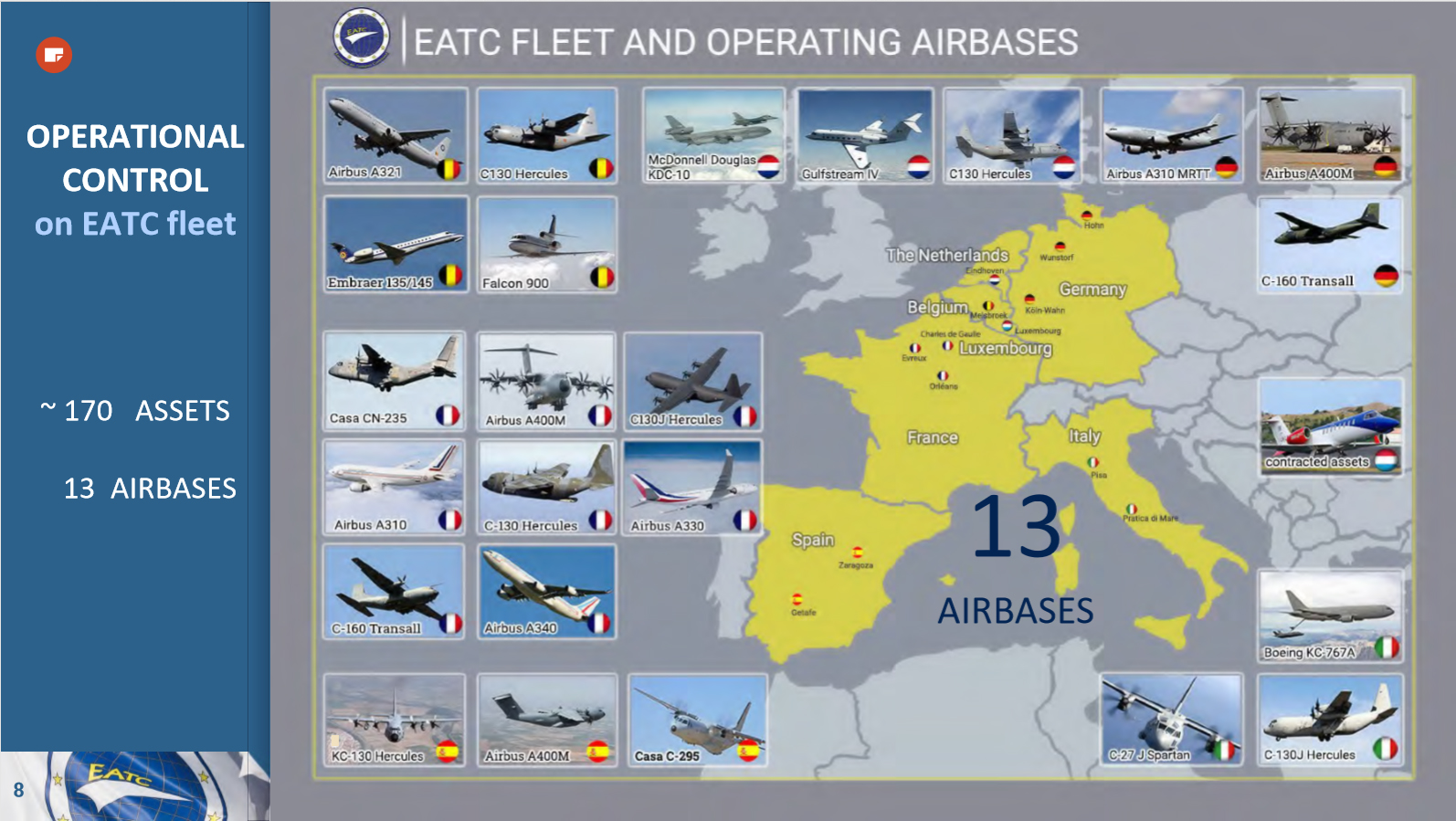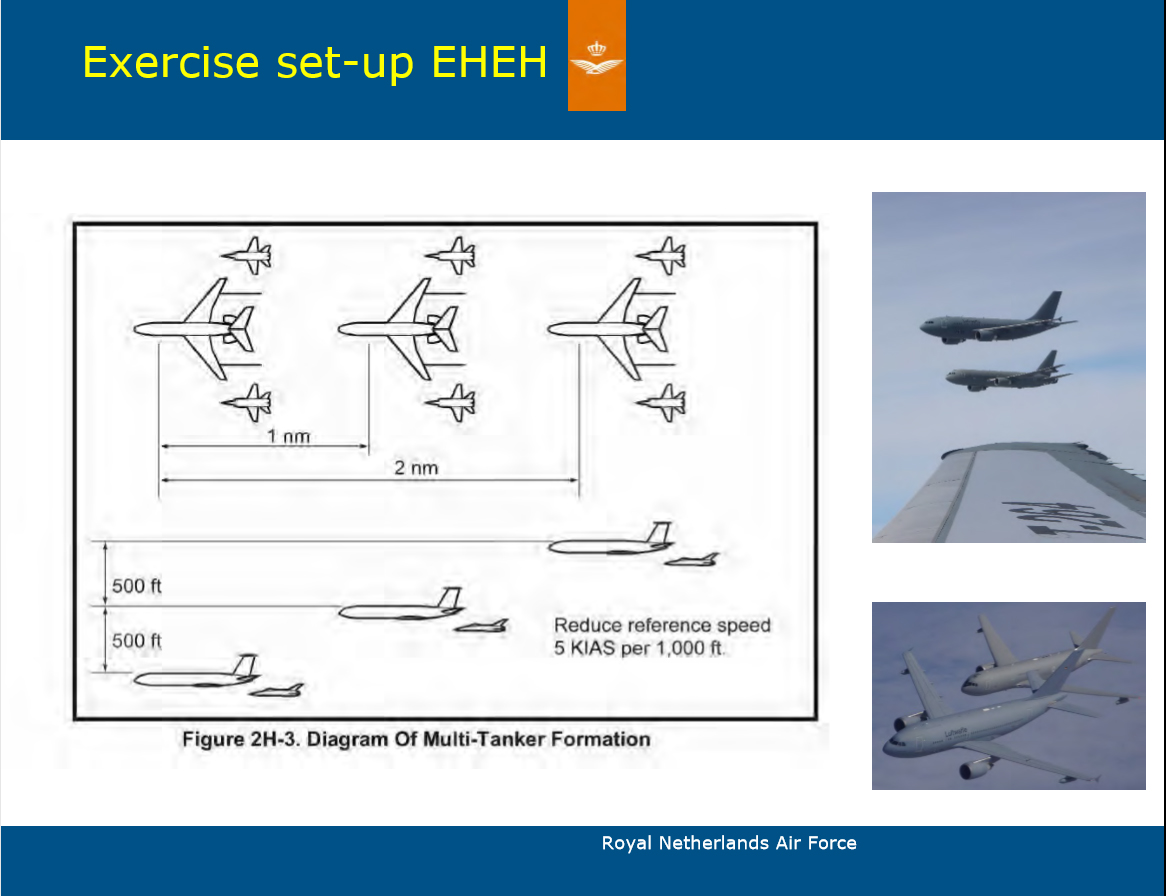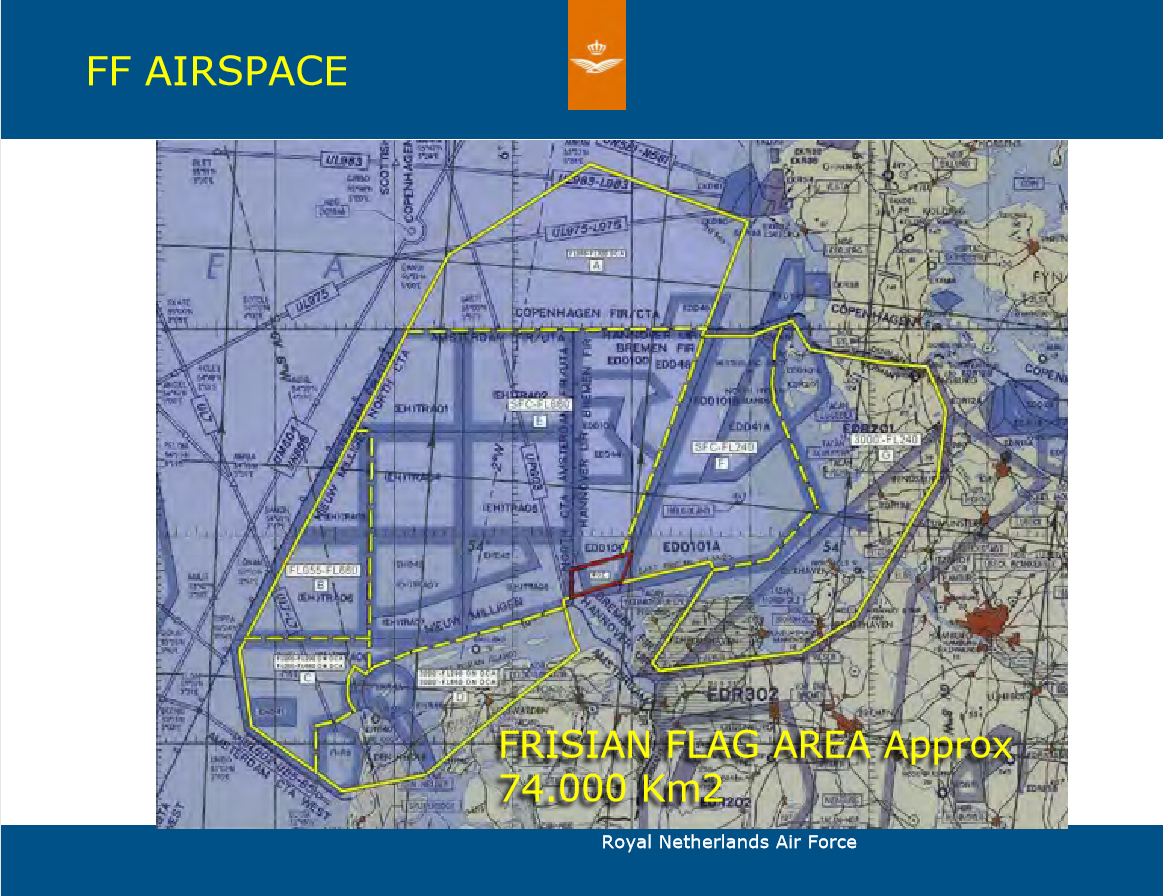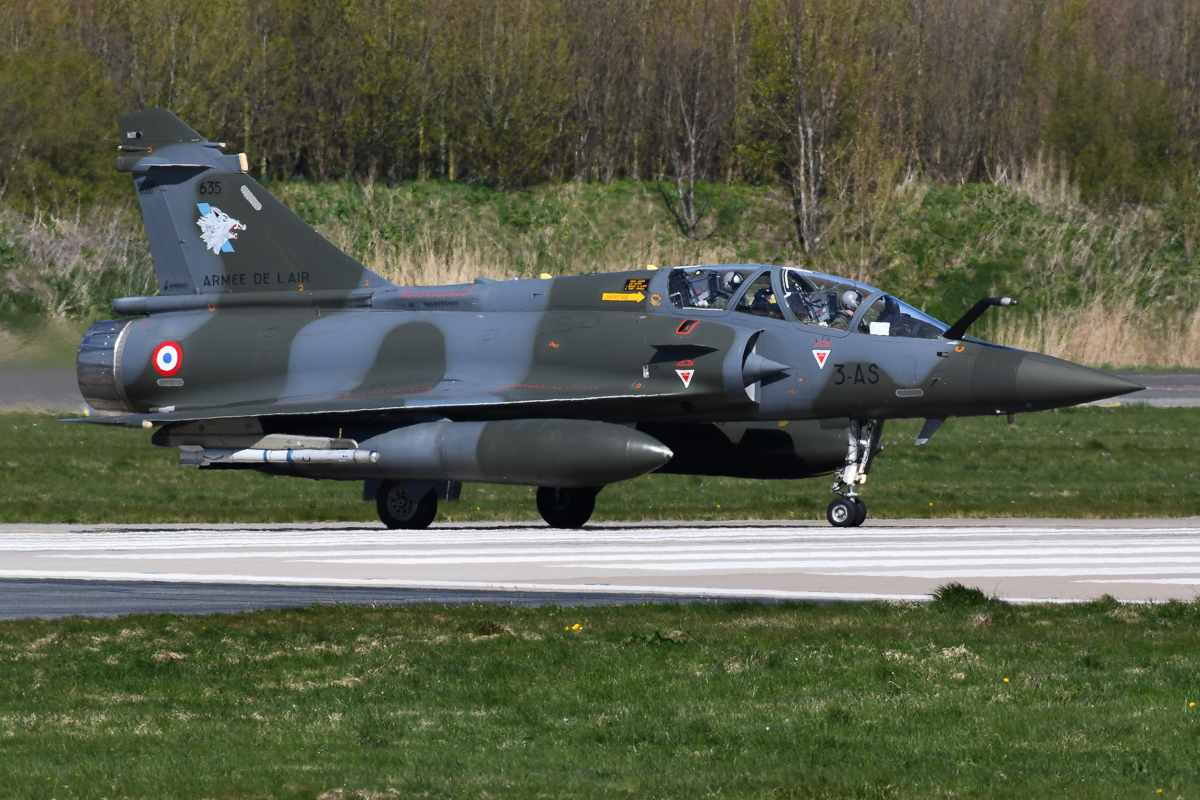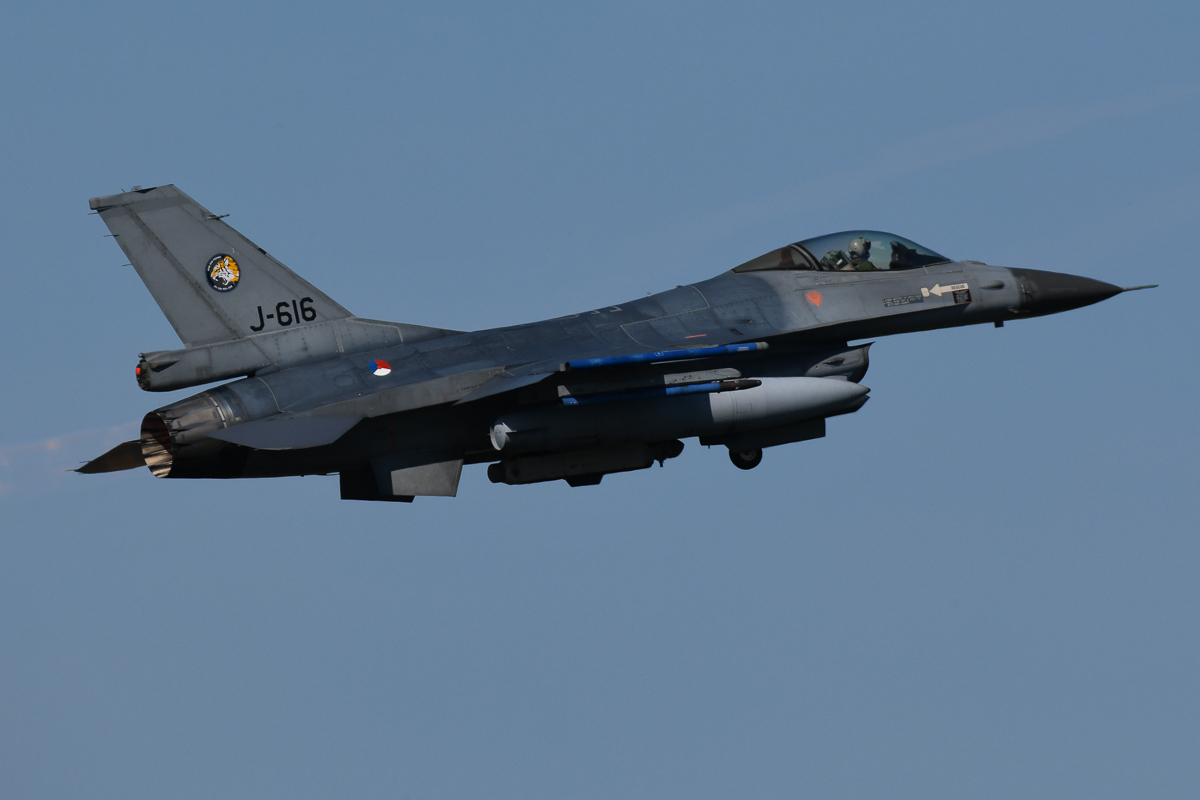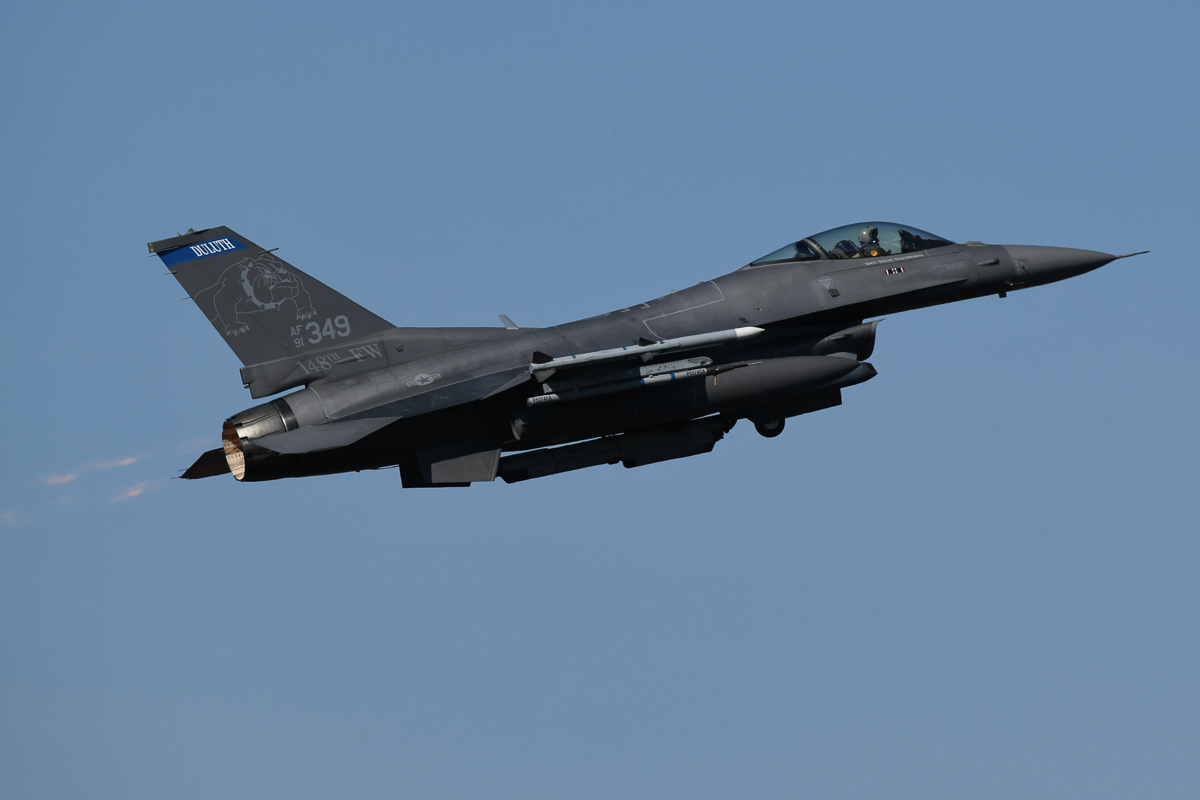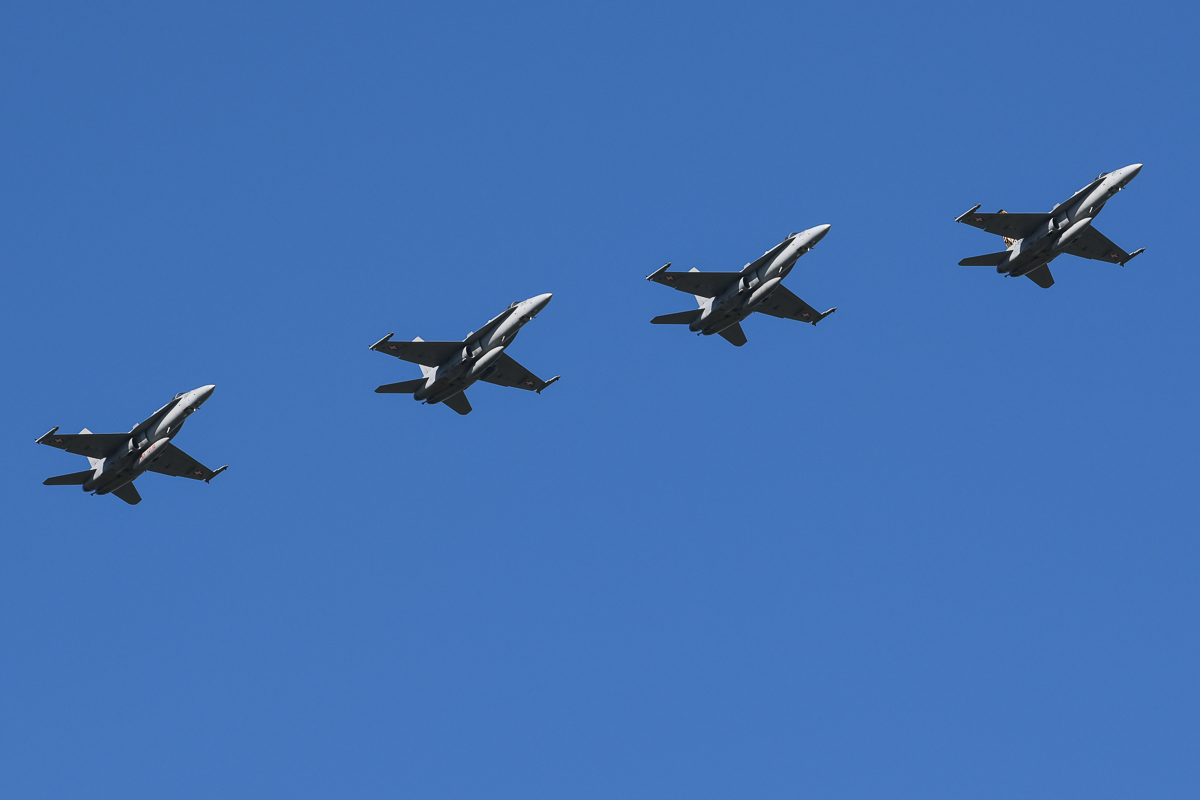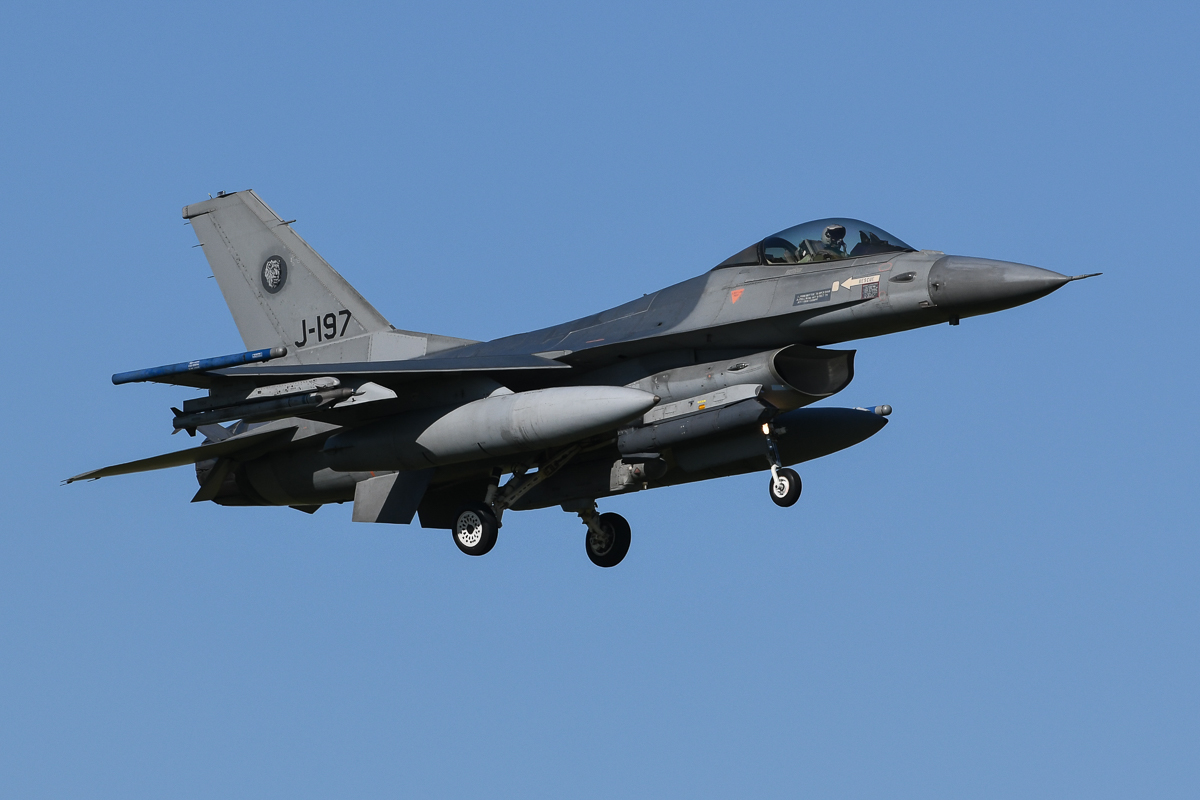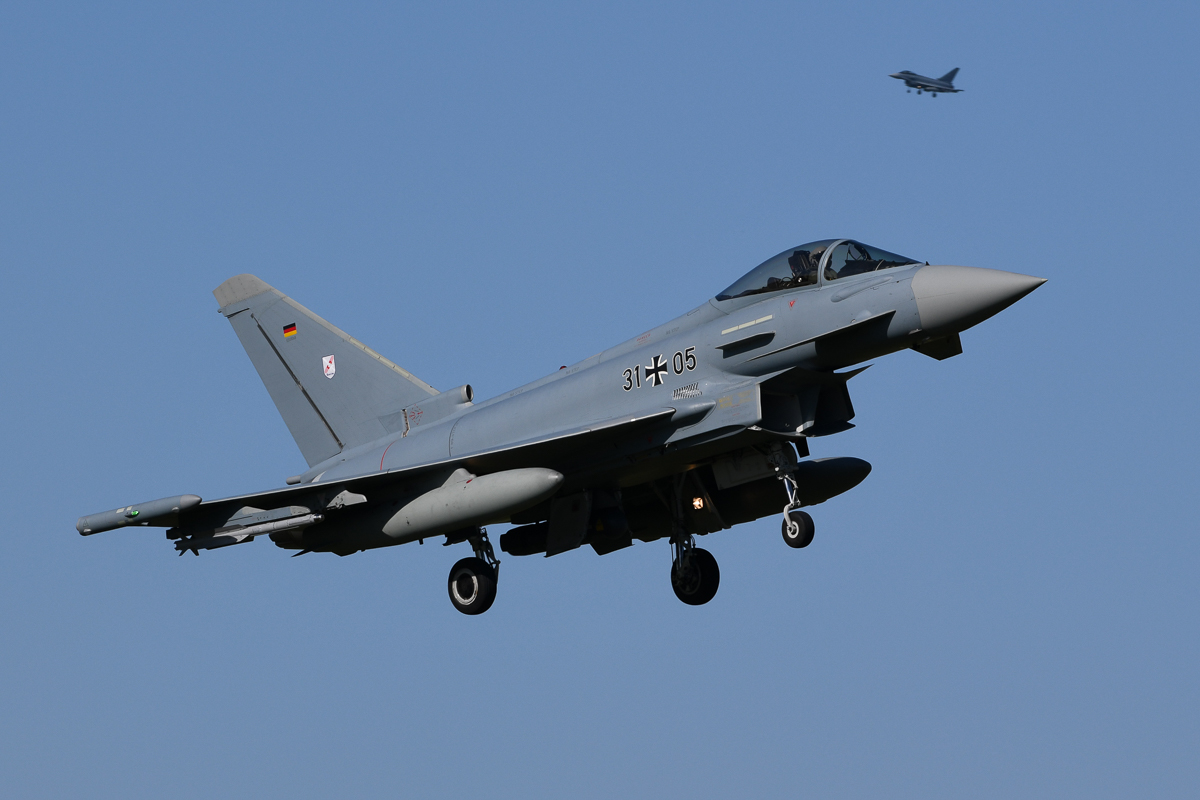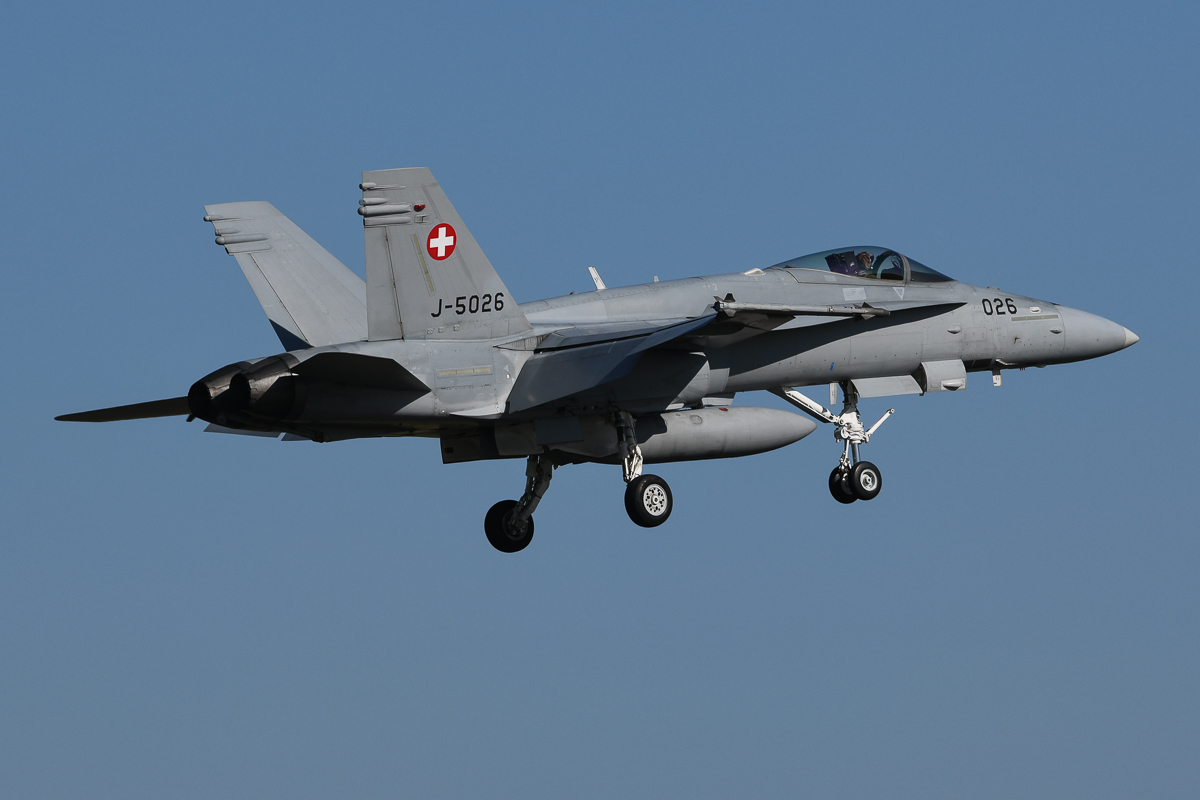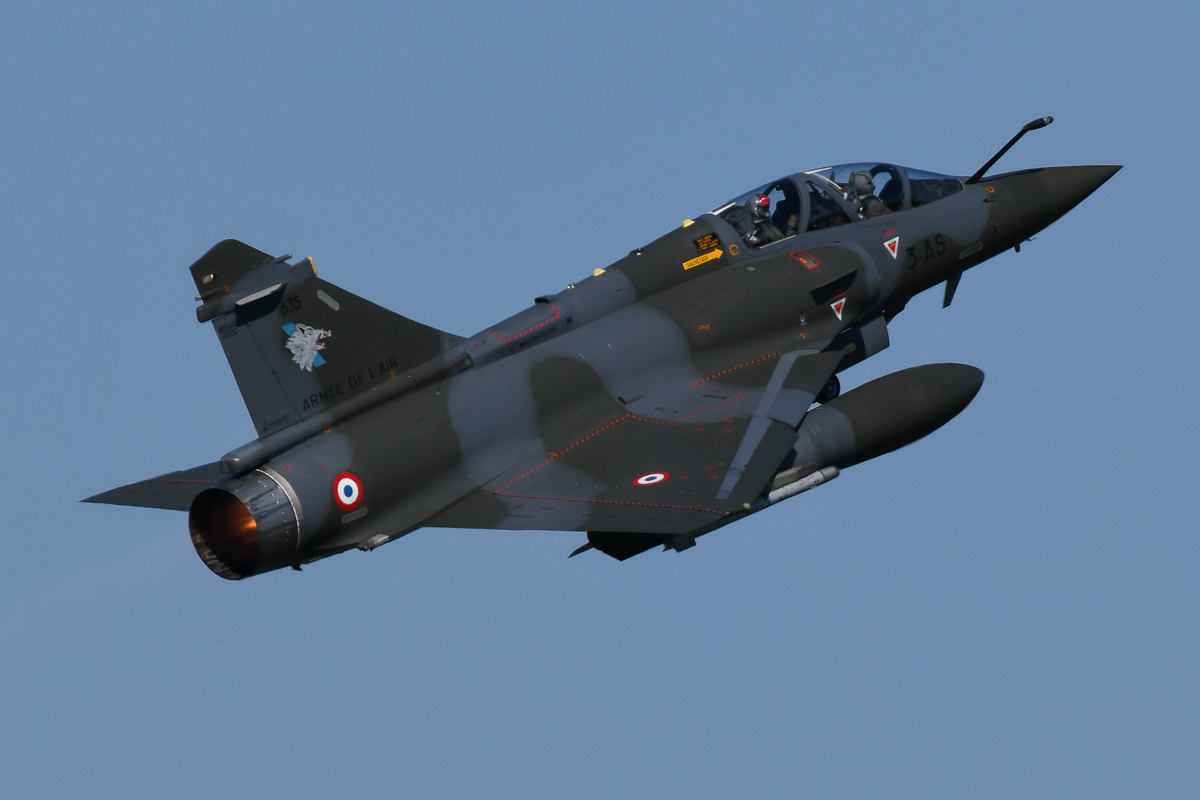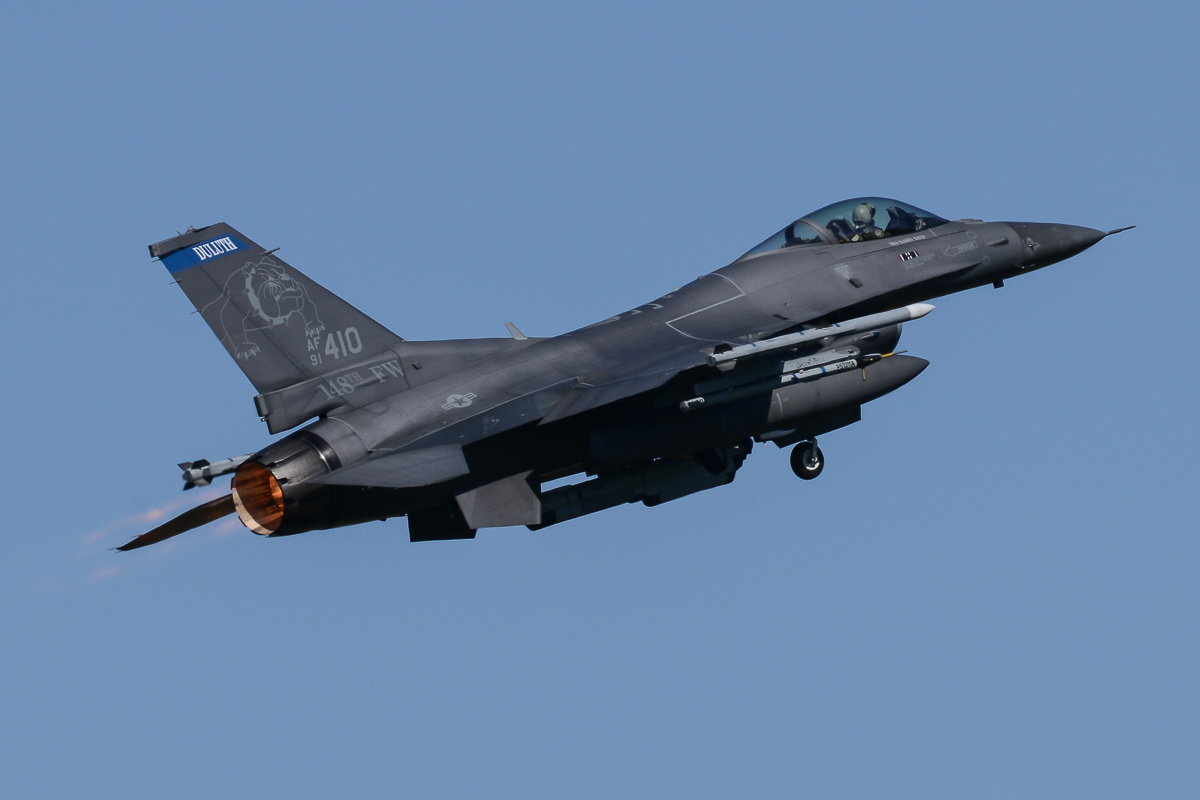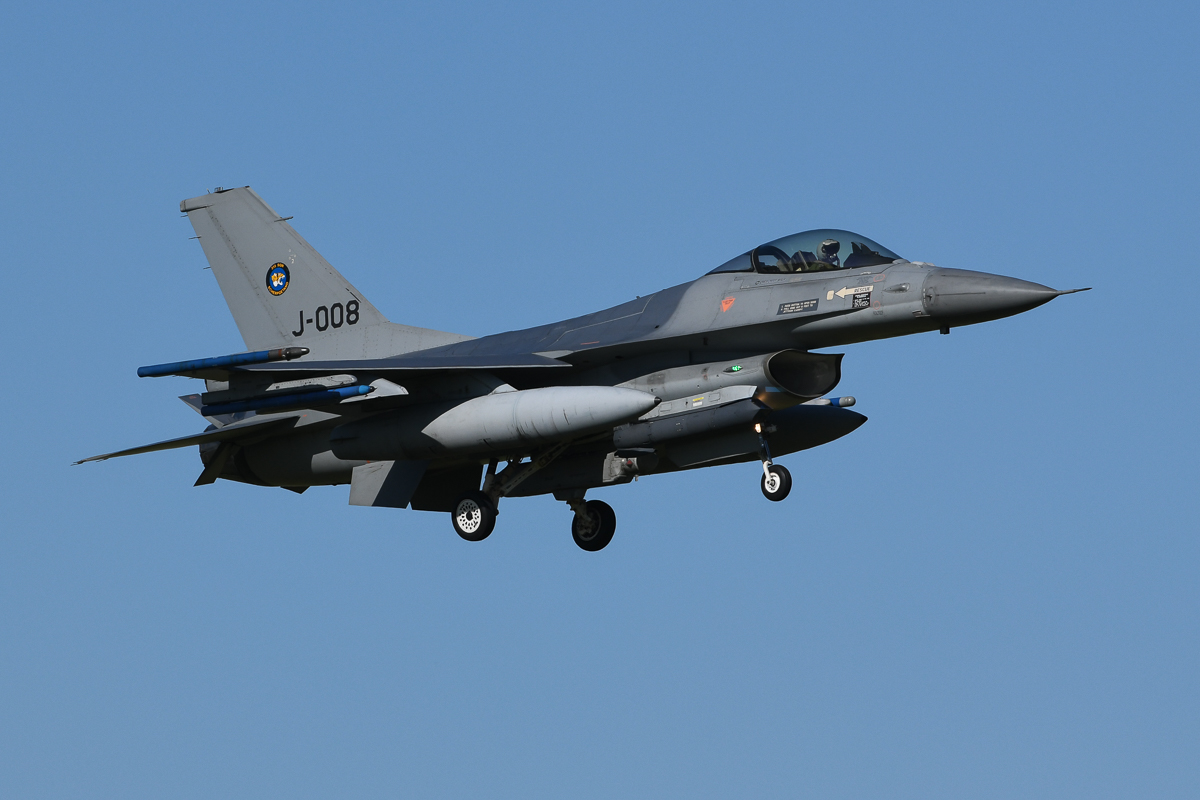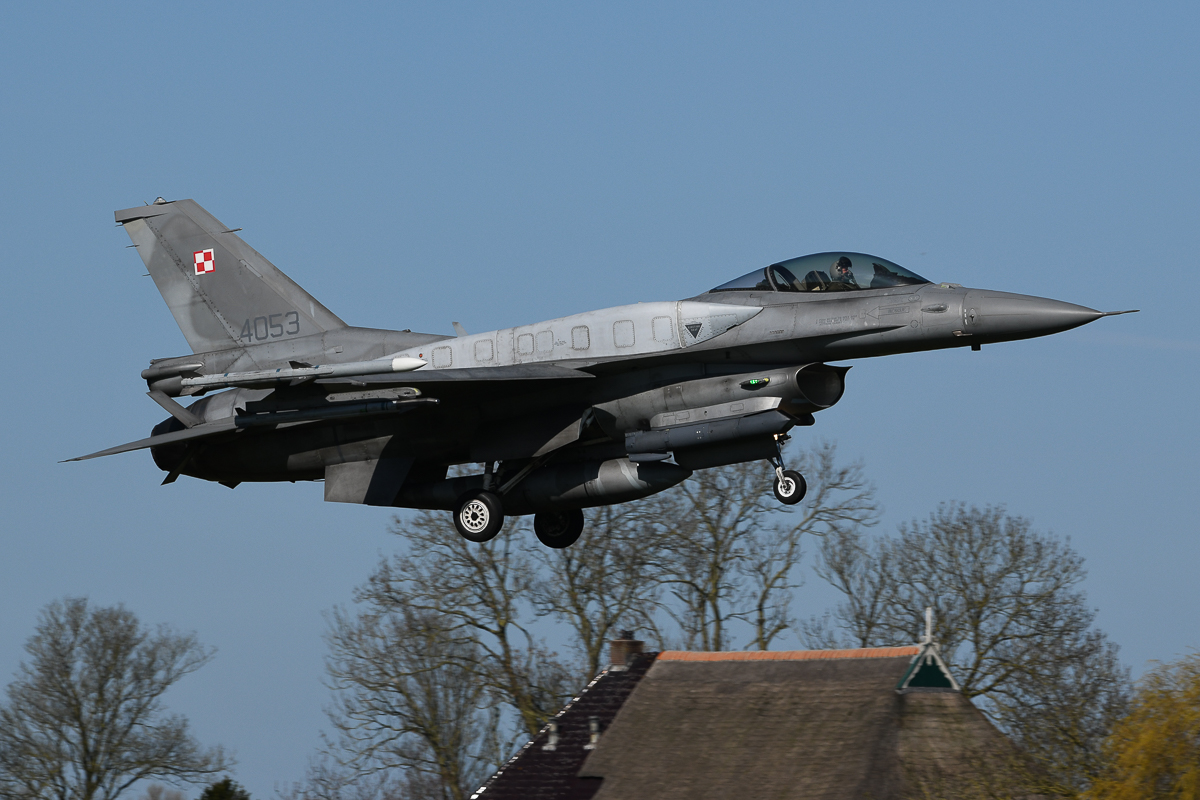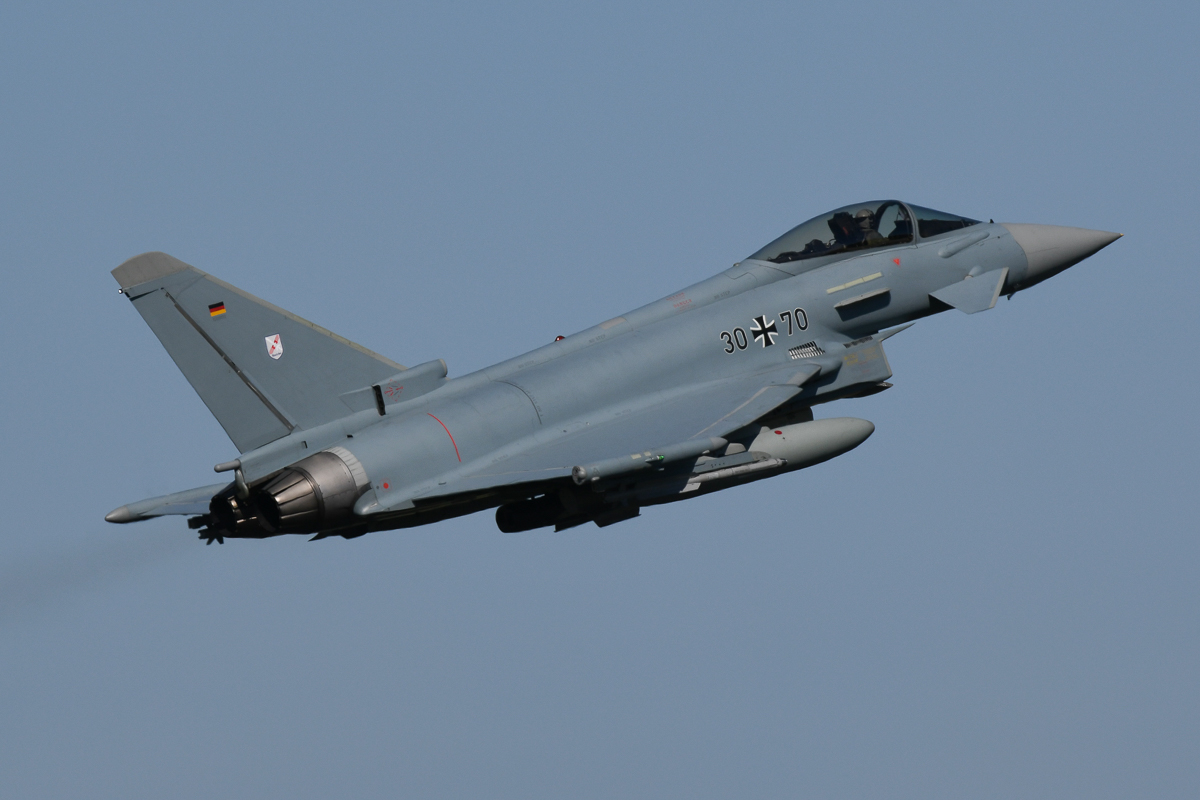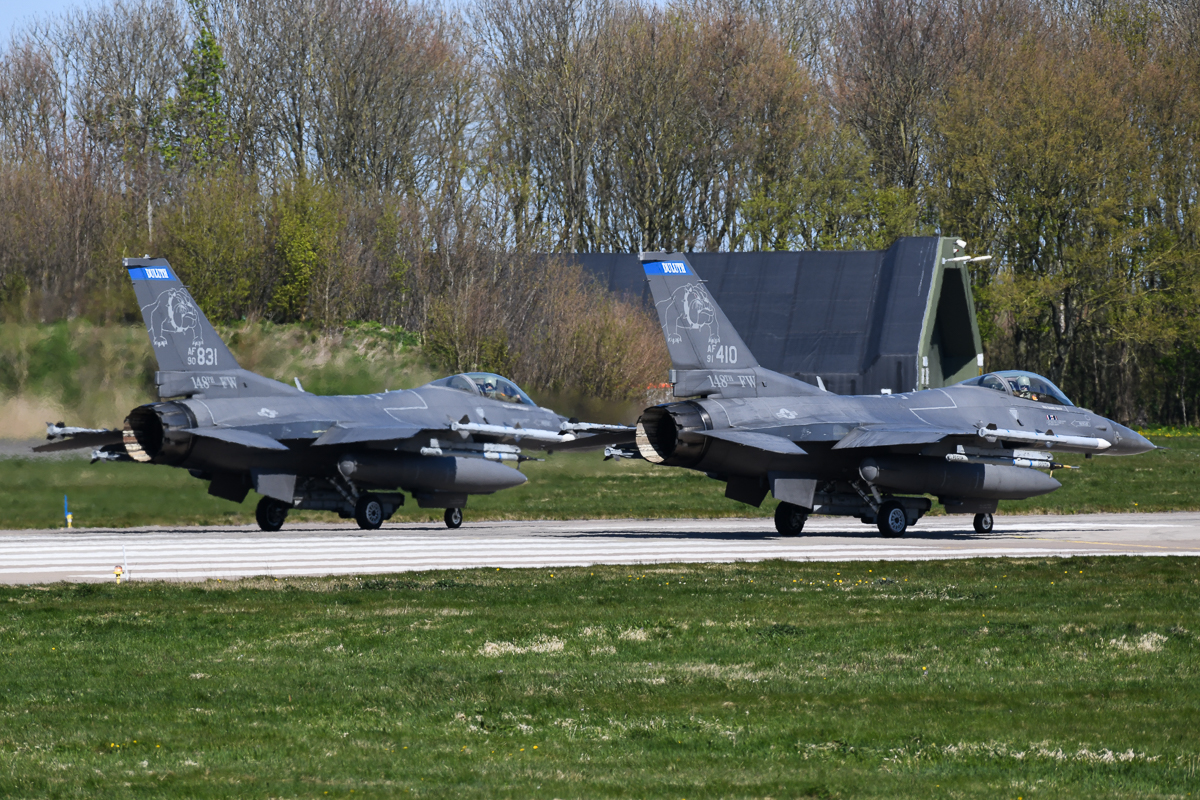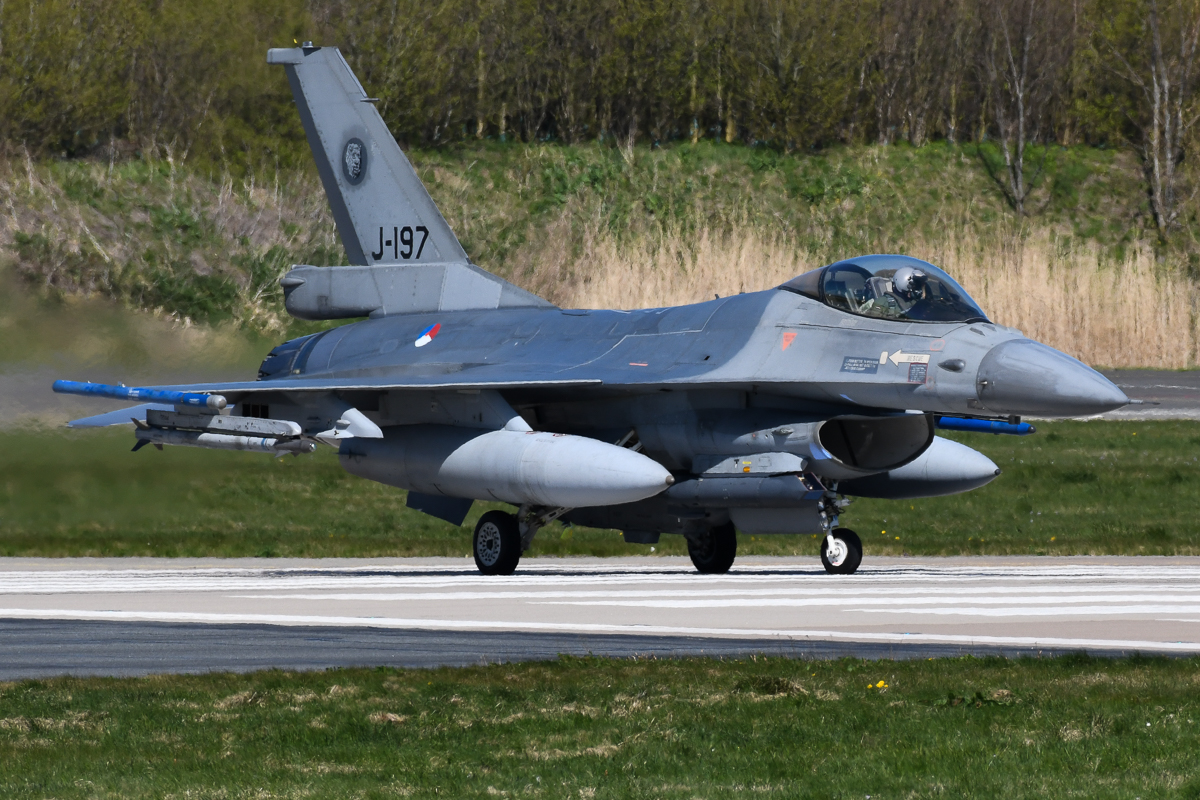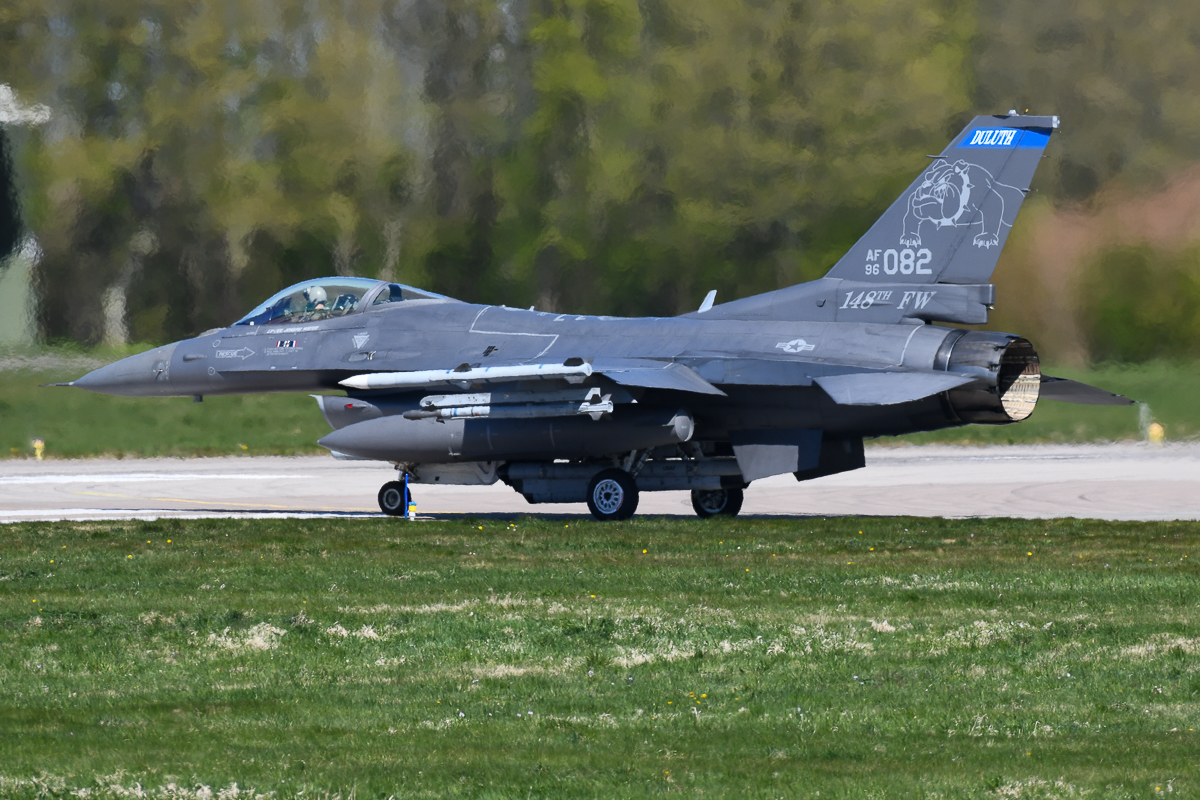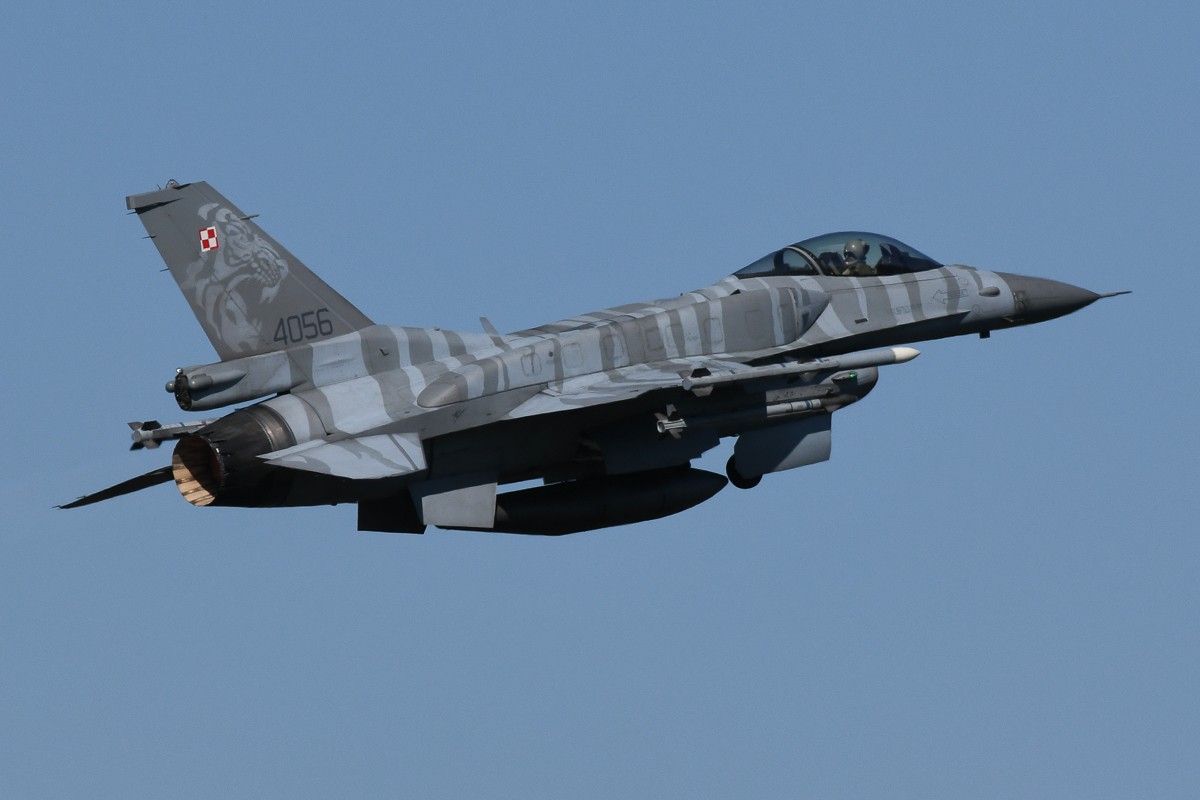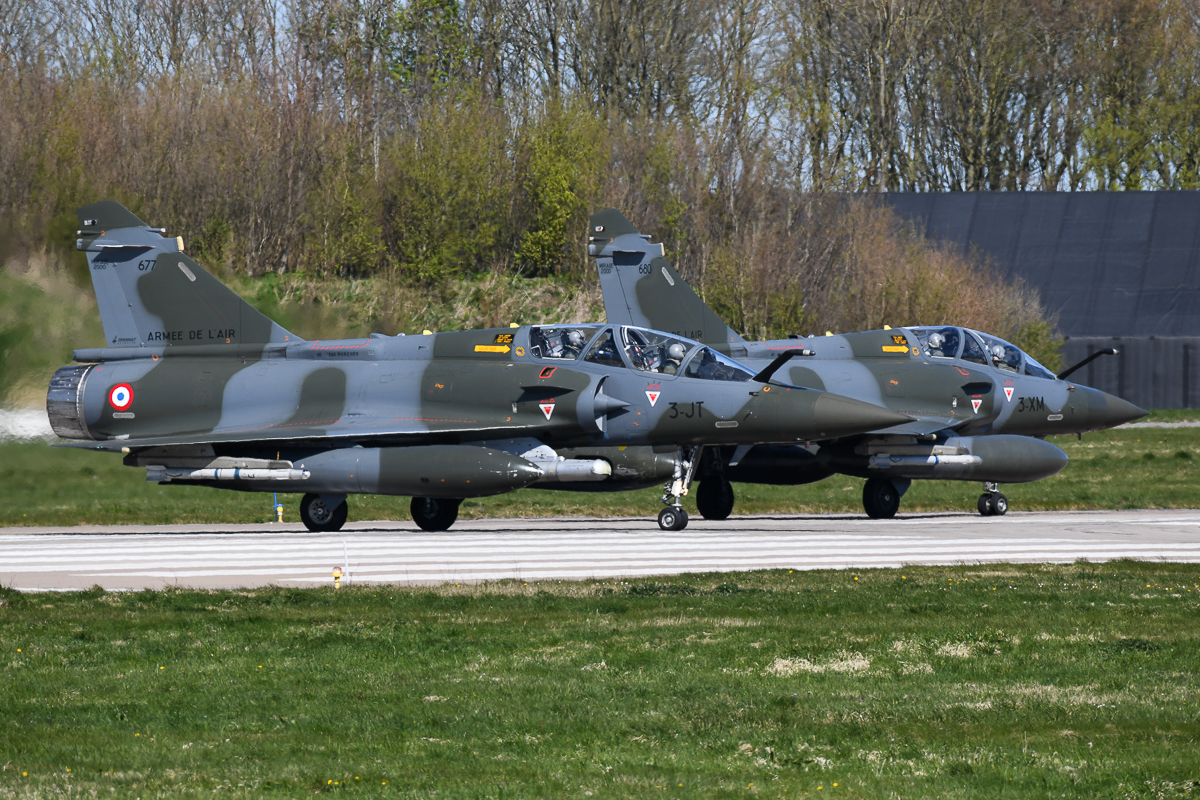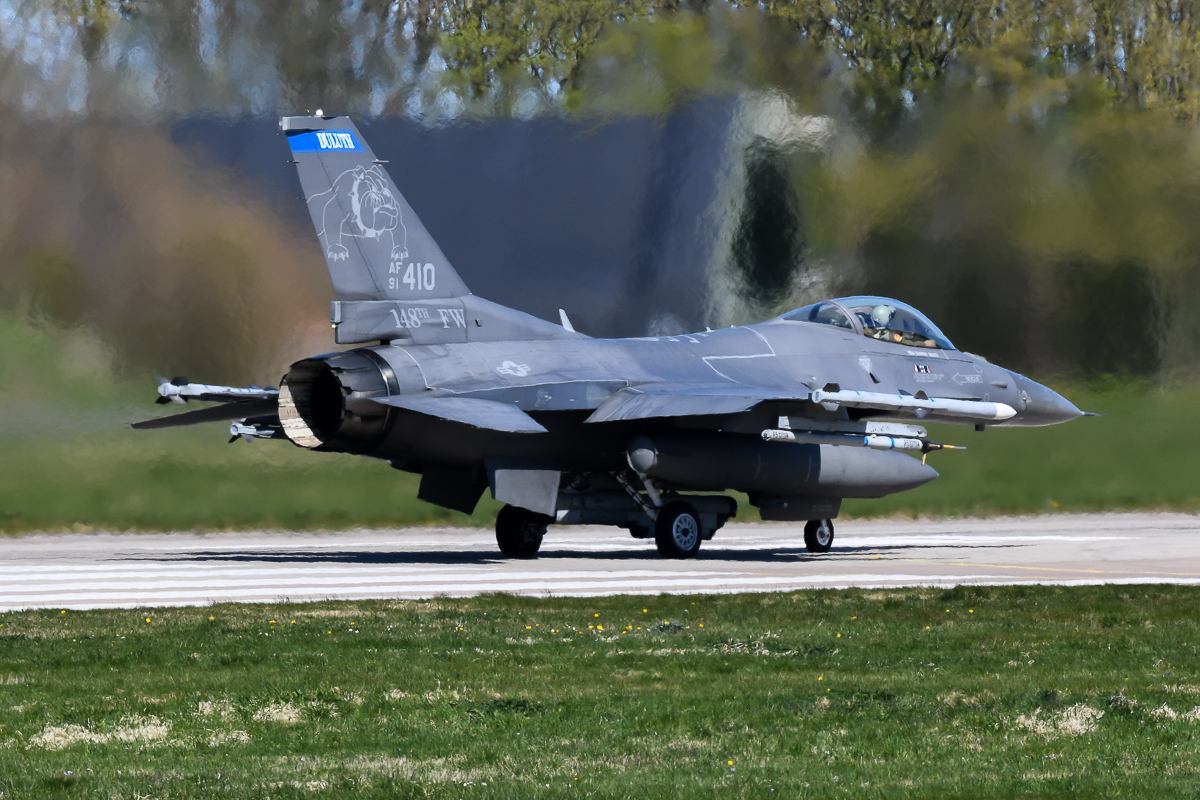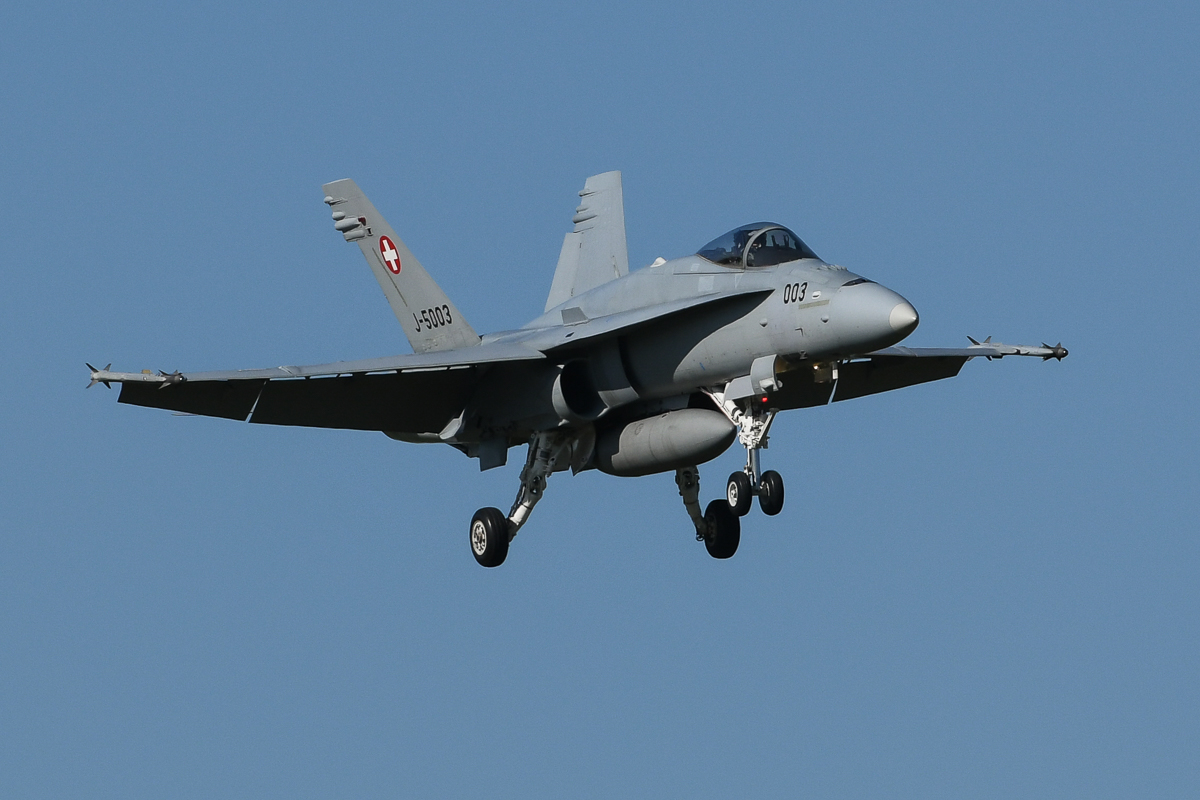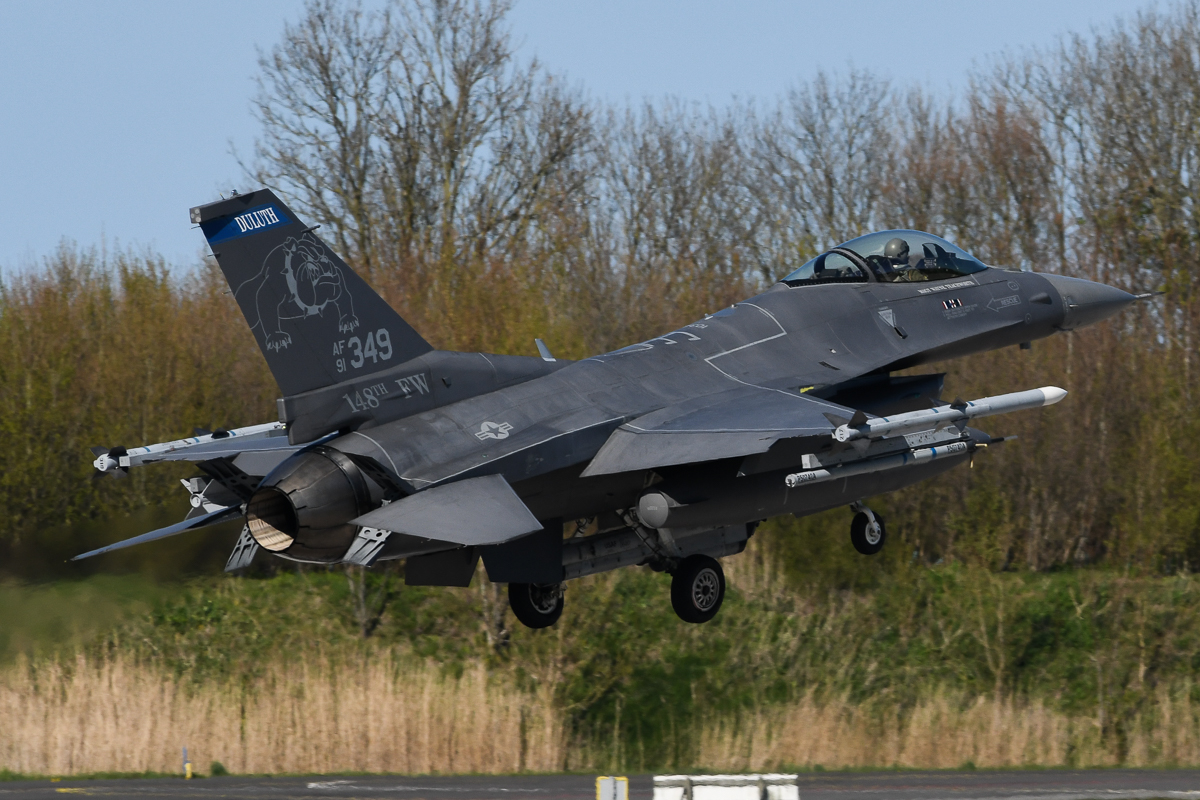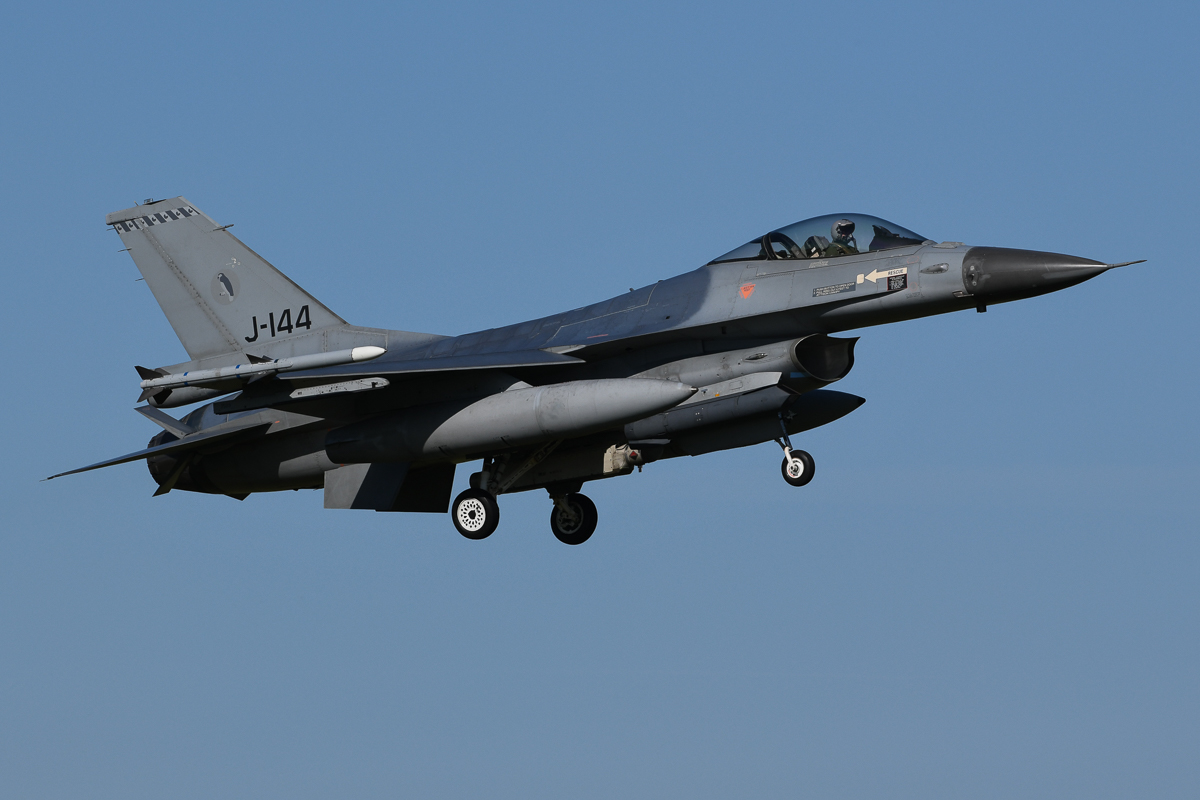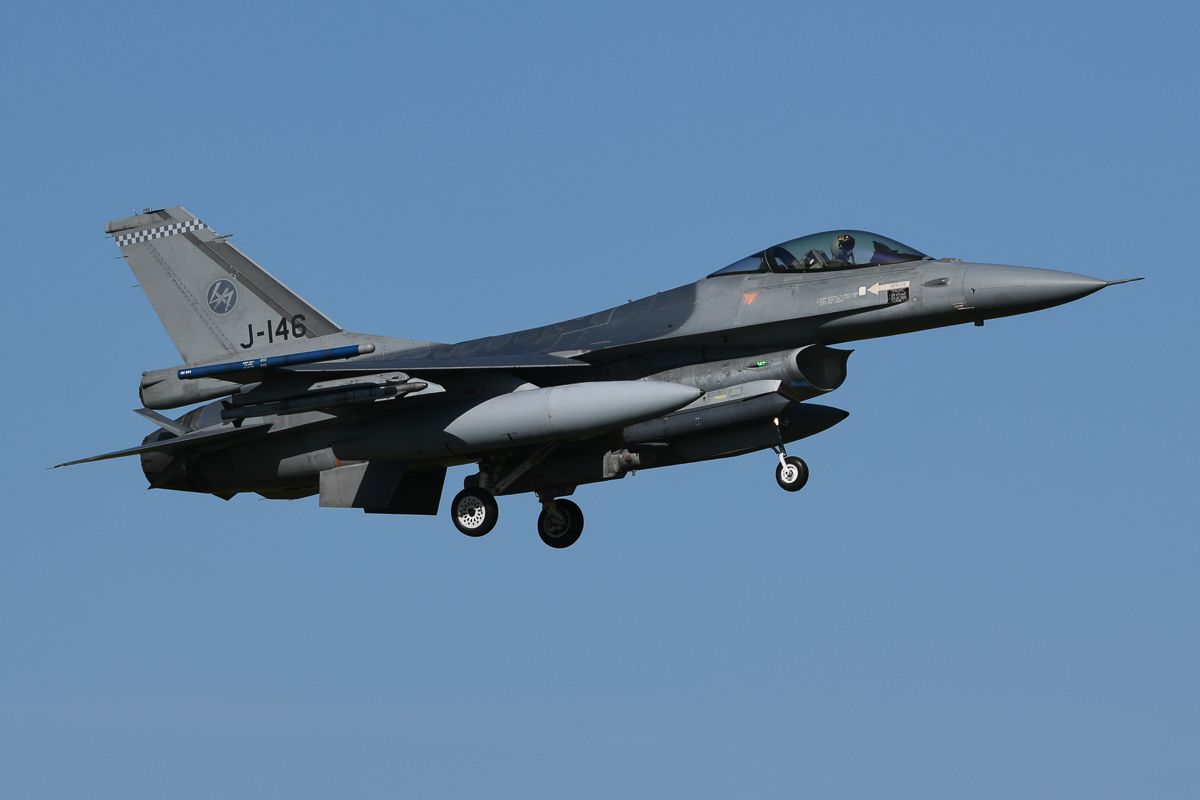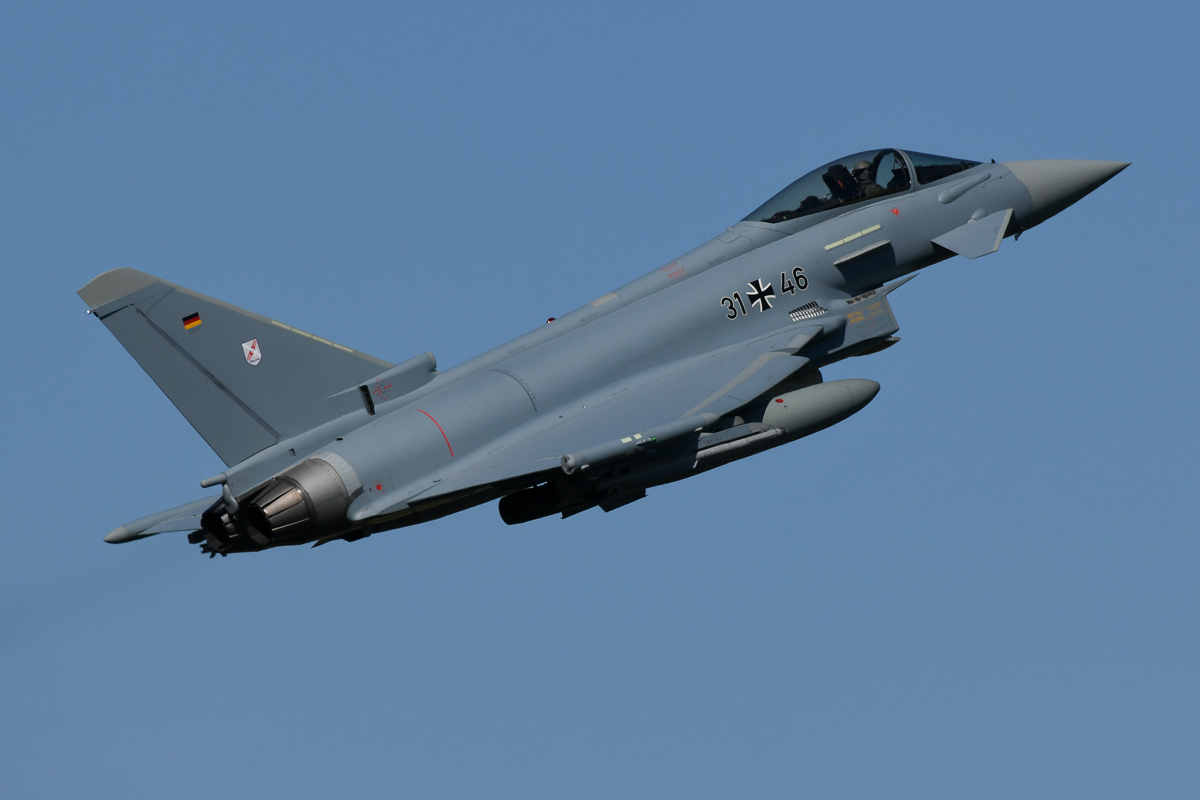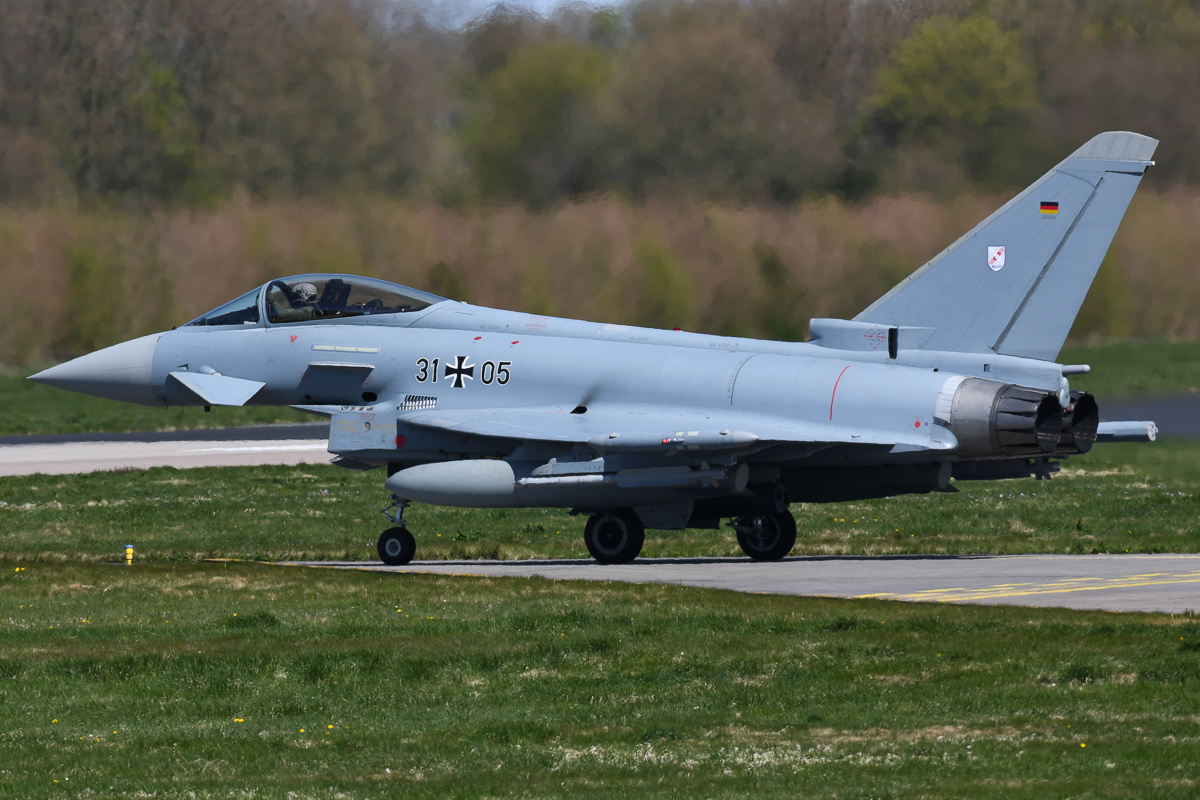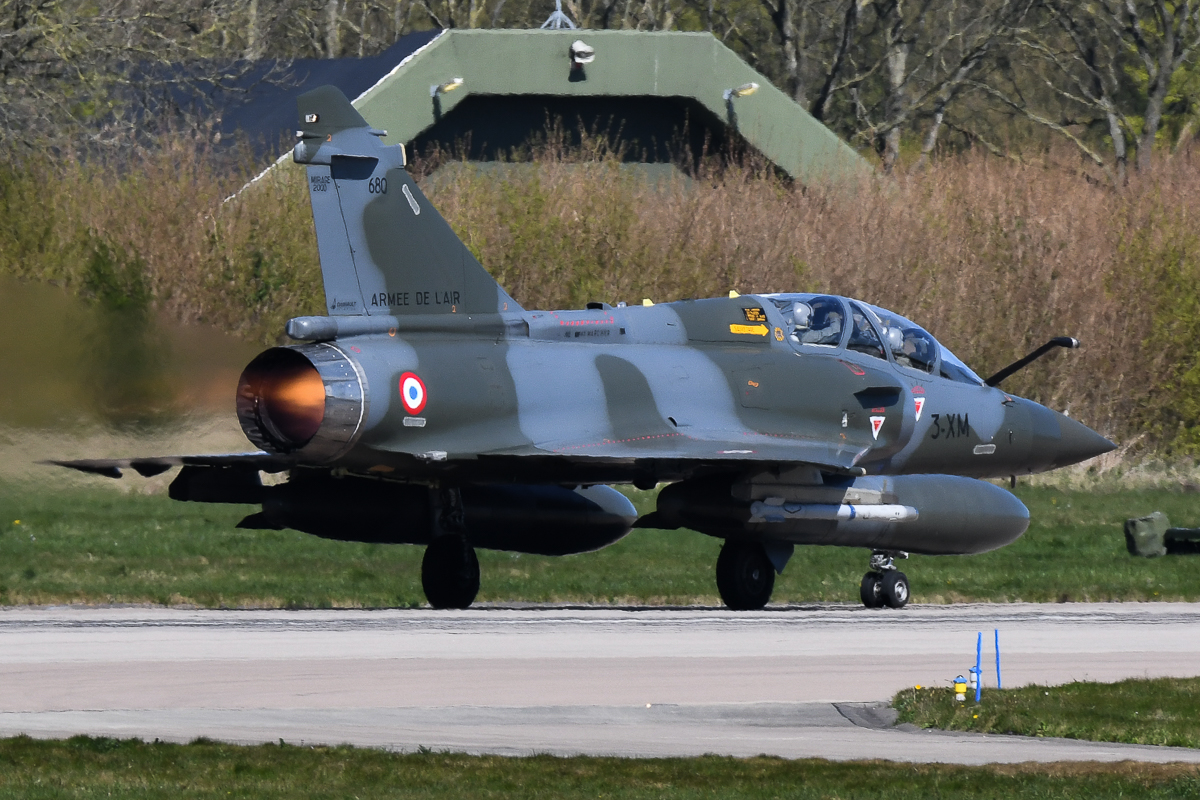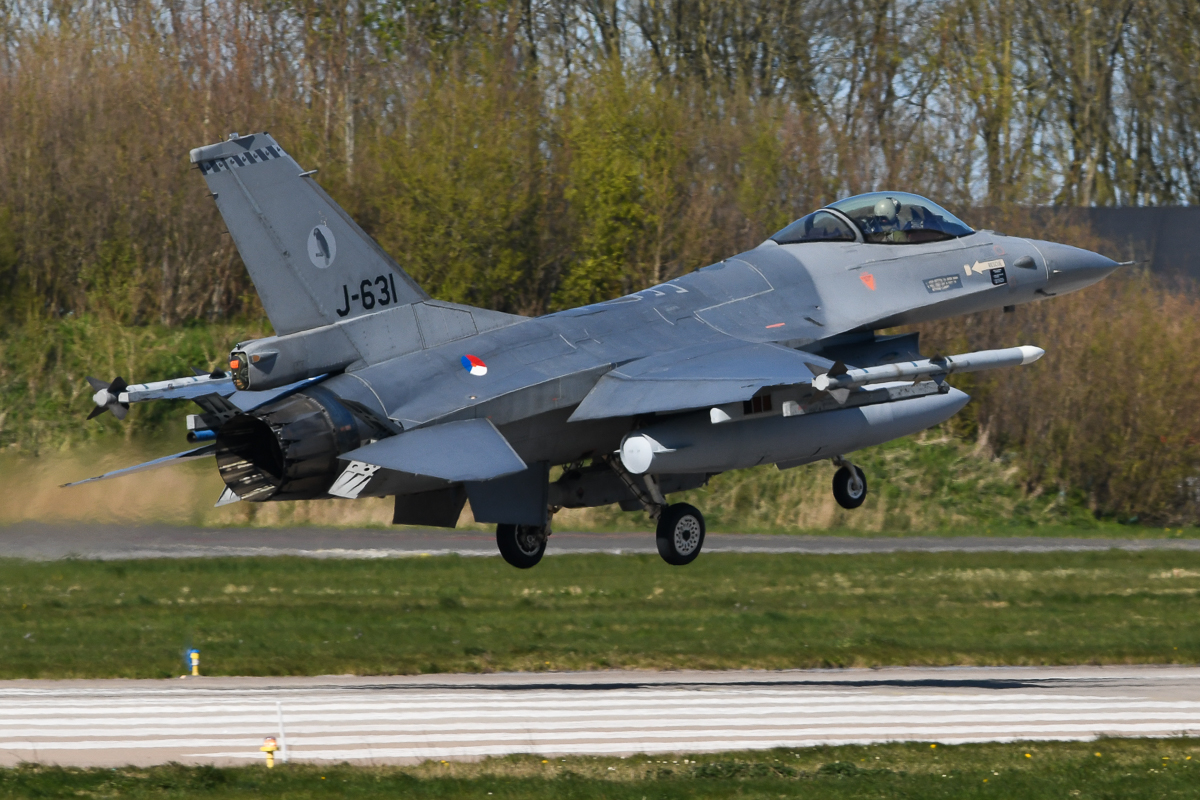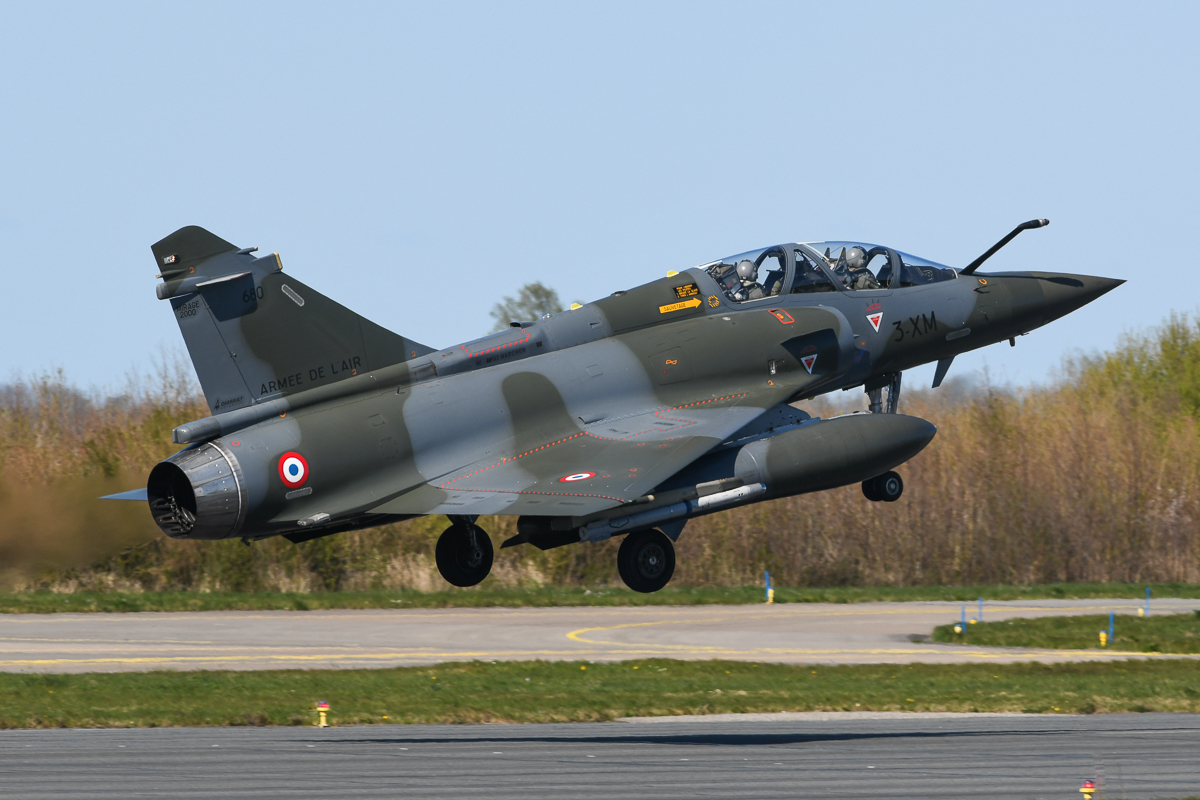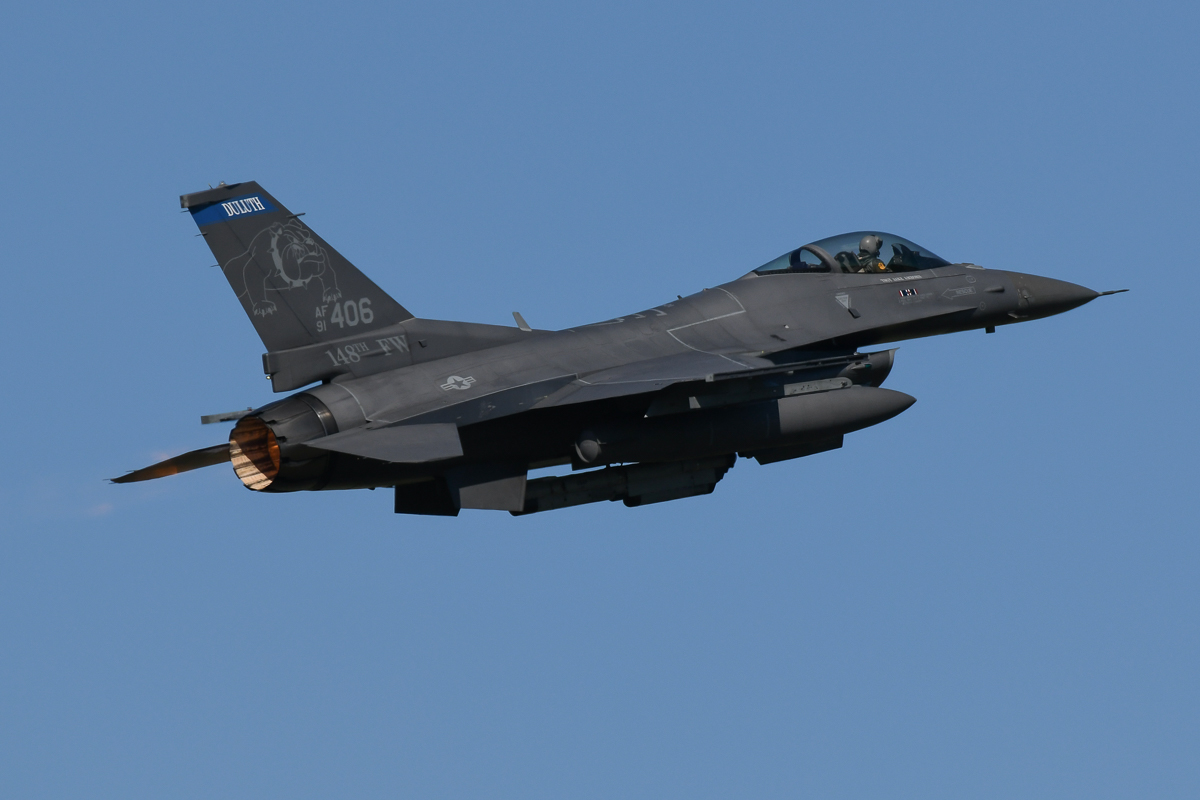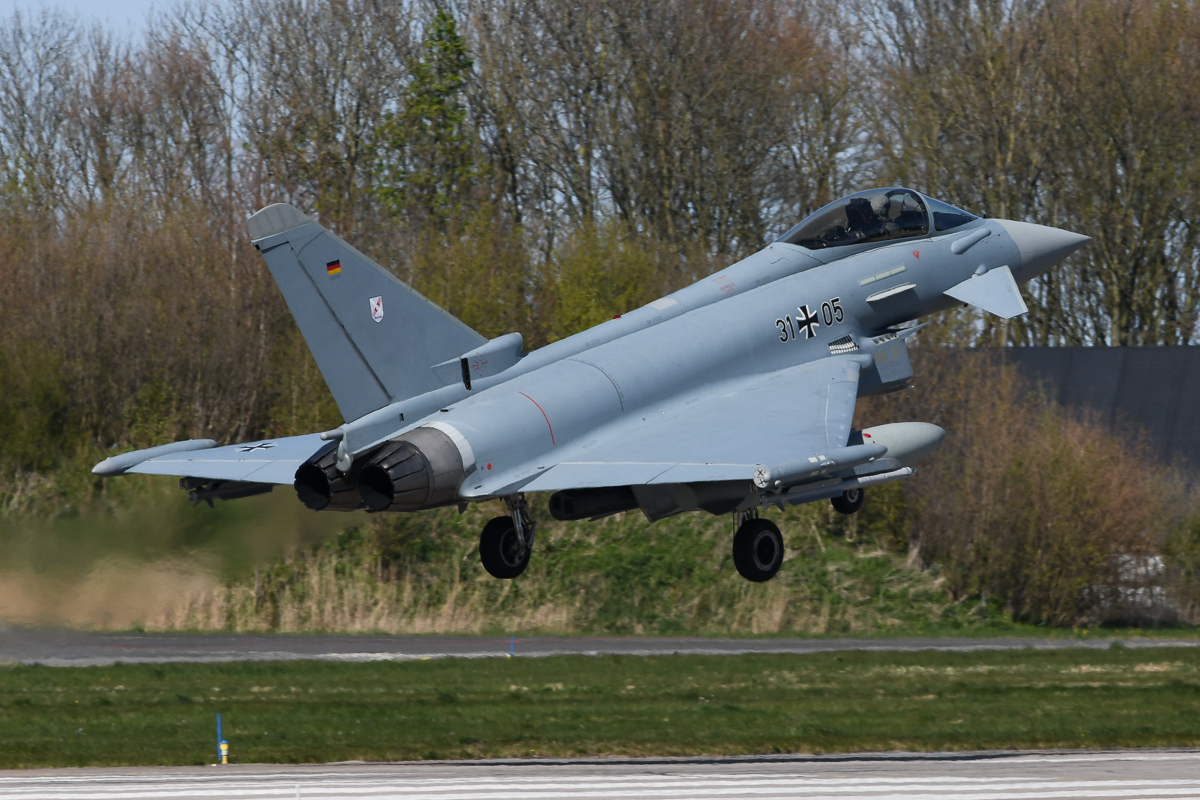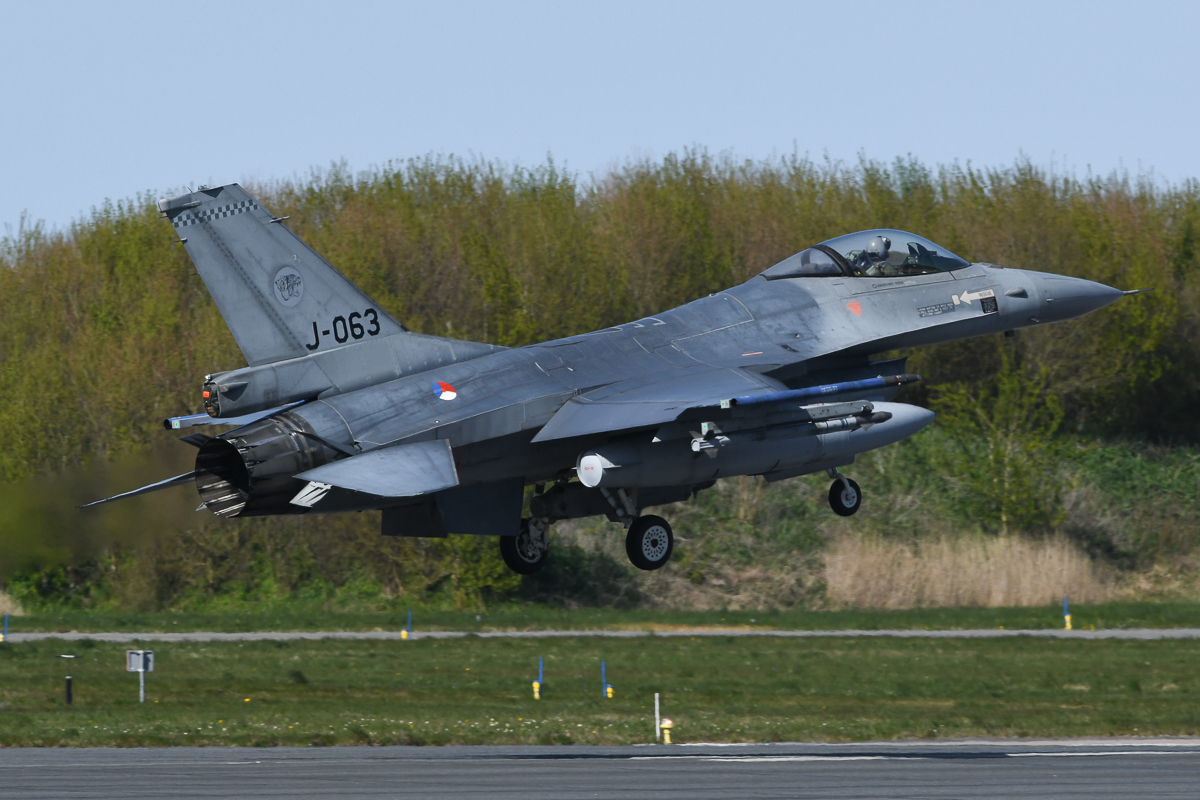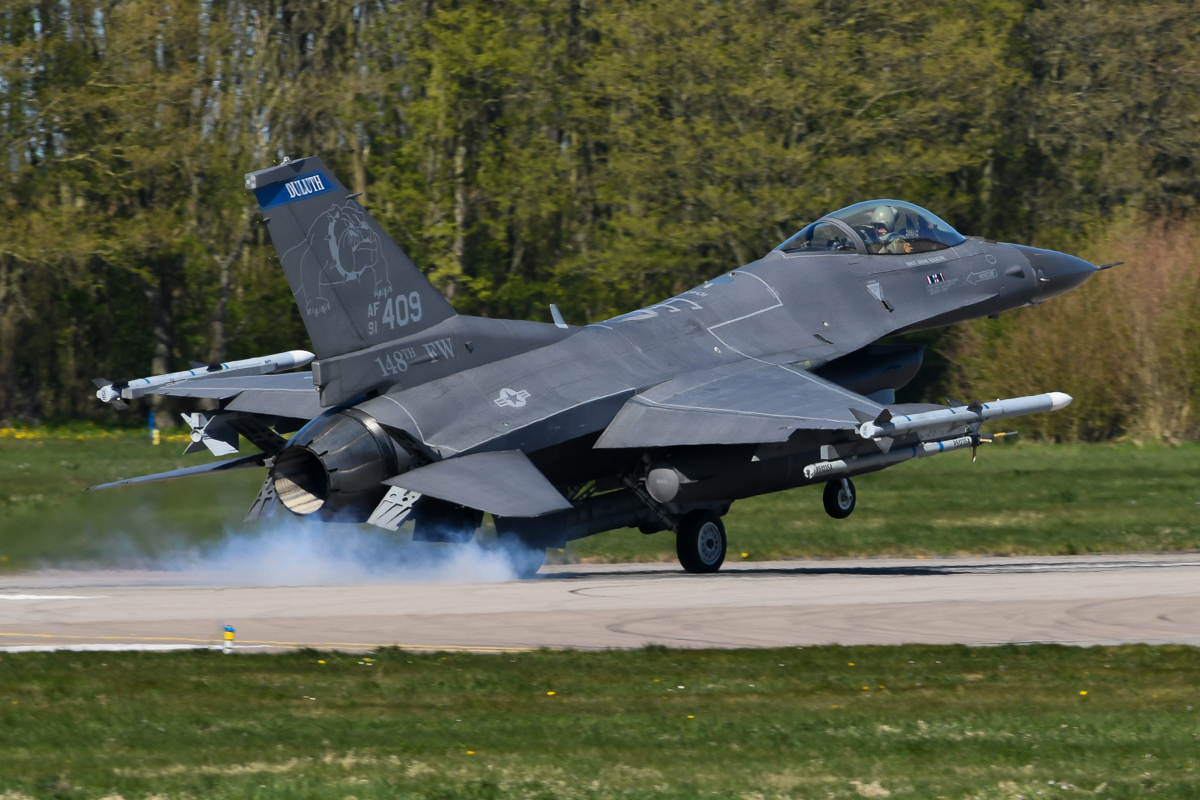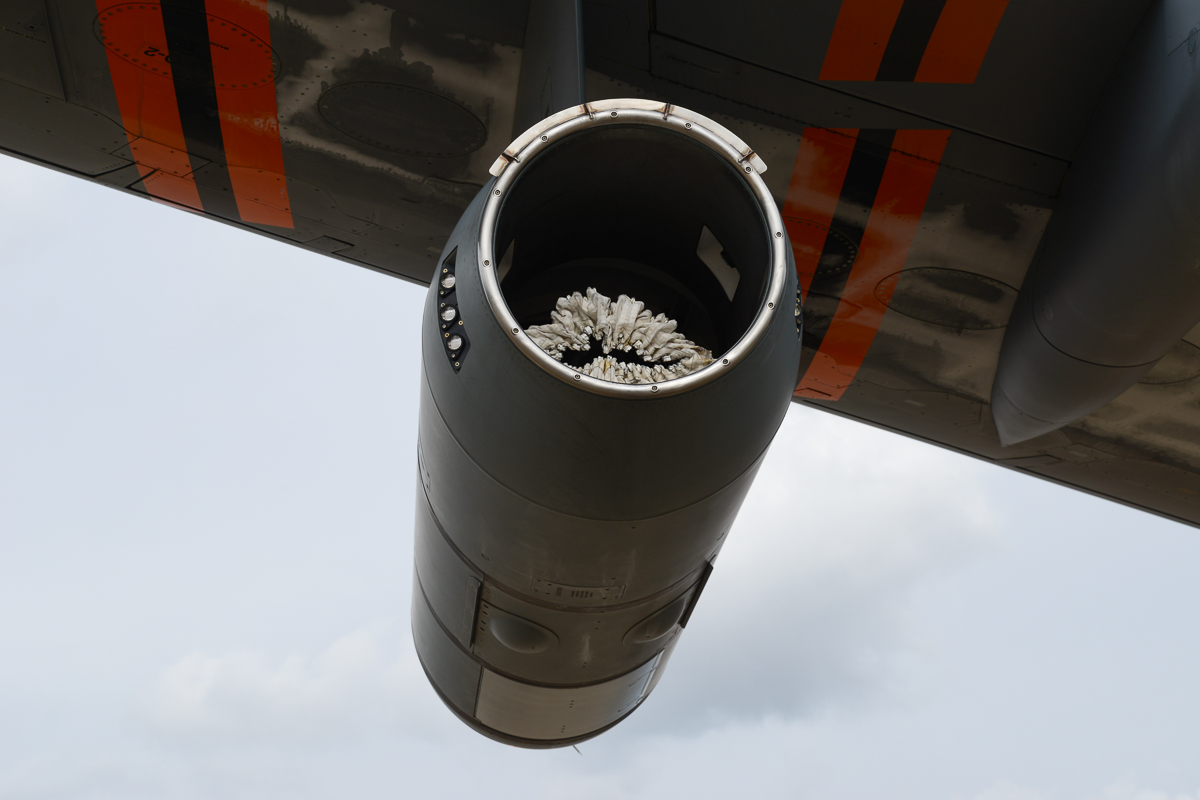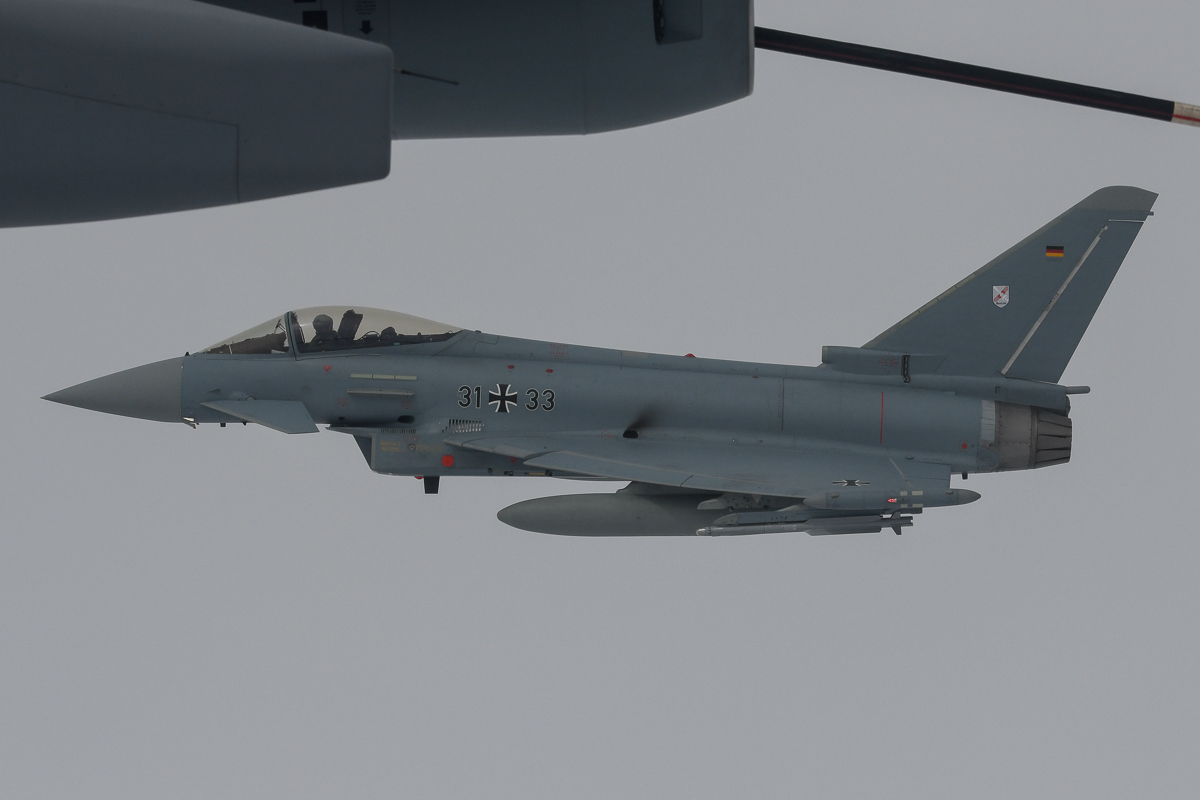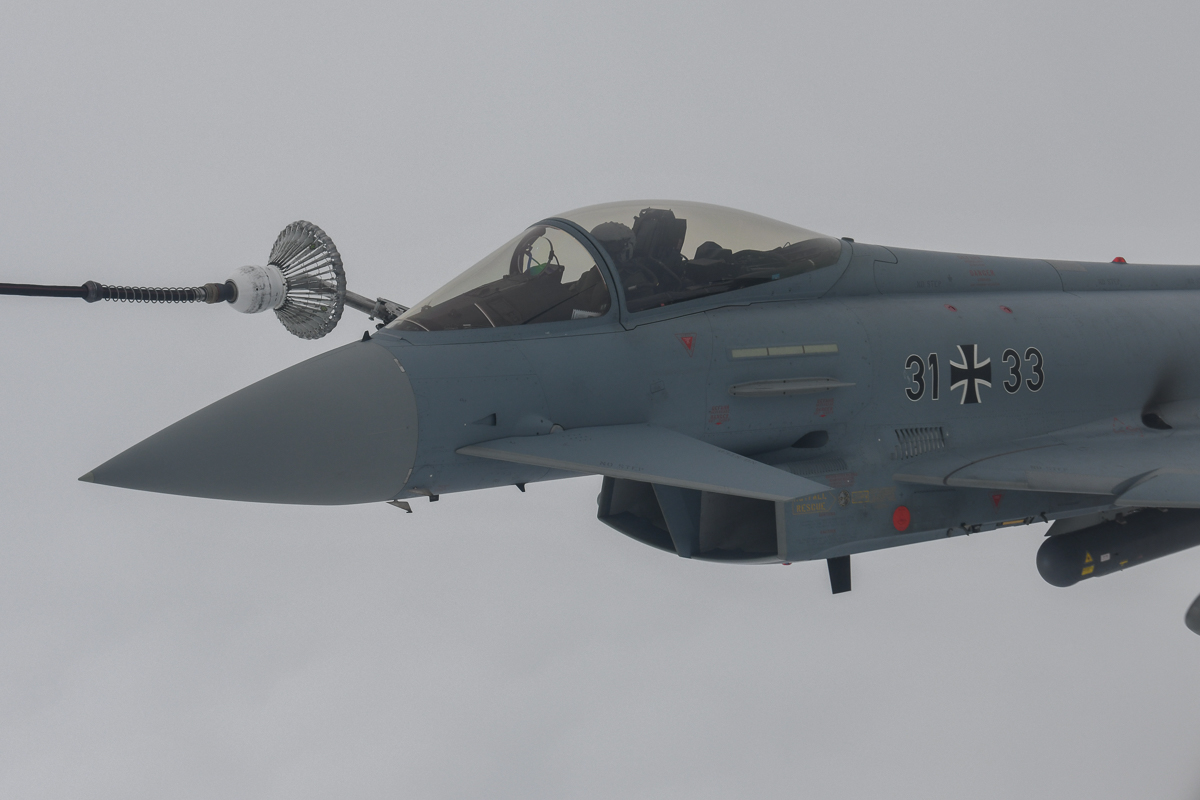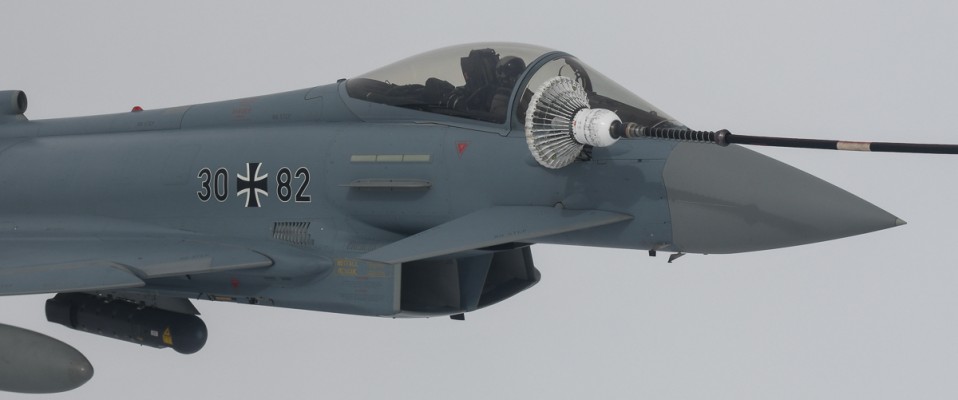Frisian Flag 2019
Report and photos by Peter van den Berg
April 23, 2019
The Frisian Flag exercise took place from the 1st until the 12th of April 2019, at Leeuwarden AB in the Netherlands.
Recent missions show the tremendous importance of international cooperation. This goes to show when looking at recent deployment of the Dutch F-16s. The Dutch F-16s have participated in a large international coalition in Libya in 2011. Also, the ISAF missions in Afghanistan in July of 2014 were concluded with air support and the Baltic airspace with Poland was actively monitored between 2014 and 2016.
The Dutch F-16s also performed during the Air Task Force Middle East (ATFME), fighting against ISIS. This deployment came to an end last year. In addition to the tensions in the Middle East, there is also an increase in tension fueled by Russia. This results in military unrest which shows the importance of working together internationally. Good cooperation shown in aforementioned deployments starts with joint training and exercise, of which Frisian Flag is a prime example.
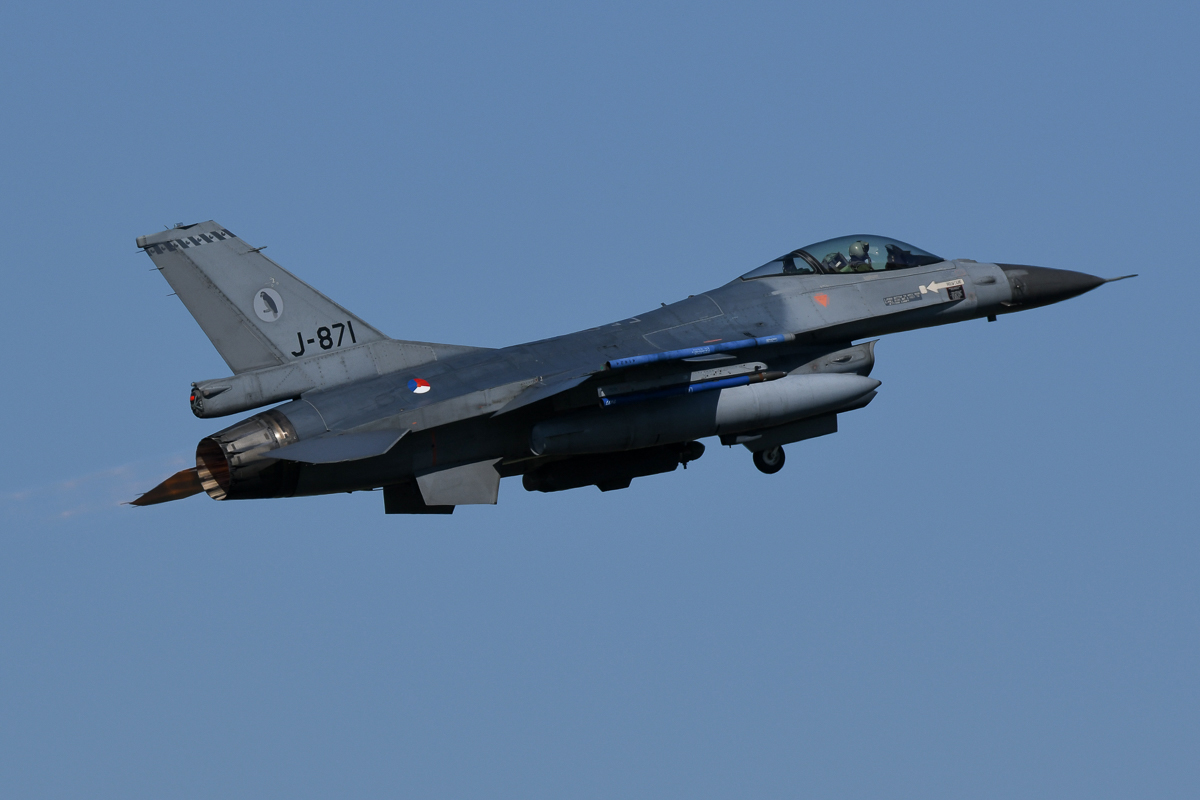
Frisian Flag is an exercise where operational tactics are trained in an international context on an annual basis. The exercise lasts two weeks and practice is carried out in the highest spectrum of violence: joint and combined air performance. The daily training missions are planned, led and evaluated by a different participant every day, ensuring that all participants are trained but also challenged on all facets.
Participants
In addition to the Dutch F-16s, five coalition partners are represented in this exercise:
- Minnesota ANG F-16C 148 Fighter Wing Duluth
- Germany EF-2000 Typhoon TLG 31 Nörvenich
- Poland F-16C 31 BLT Poznan
- France Mirage-2000D EC 003 Nancy
- Switzerland F/A-18C Staffel 11 Meiringen
- Netherlands F-16AM 322/312/313 Squadron Volkel/Leeuwarden
Organization of the exercise is in the hands of Leeuwarden’s 322 Squadron. It is tasked with the role of TACTES (Tactical Training Evaluation and Standardization), ensuring operational F-16 standardization on a national and international level. Insights and experience gained during Frisian Flag are retained within the so-called Fighter Center of Excellence (FCoE) at Leeuwarden Air Base. This intel is to be used and deployed during future exercises, contributing to improving Frisian Flag in the future.
F-16 pilot and exercise leader/coordinator Major ‘SIZZLER’ of the 322 Squadron was interviewed during Frisian Flag. He mentioned that it was quite a job to complete the planning for all participating air forces. He furthermore explained that experienced fighter pilots took on the role of practice-enemy during the missions. This also involved adopting elements of surprise to see how the mission progressed.
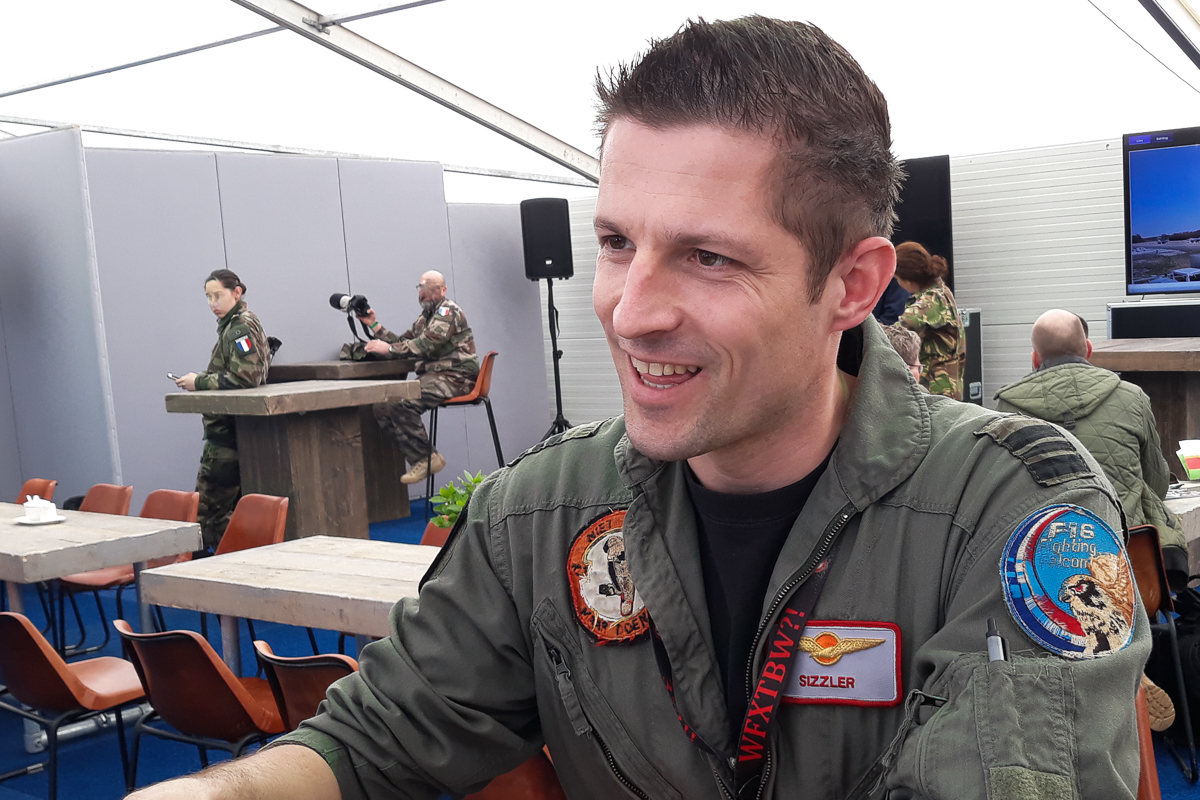
On to the debriefing then, which is carried out in presence of all pilots and which plays a major role in deriving lessons for the future. ’It is very important to know what other pilots from other air forces can do and how they react with their equipment’ (read: aircraft), says SIZZLER. It is experiences like these that are shared amongst the participating countries, which is one of the key aspects of what makes Frisian Flag rather unique in western Europe.
The costs of this exercise are considerably less when compared to, let’s say, an edition of Red Flag. A Red Flag is more comprehensive and also utilizes live weapons, but it is this smaller scale that makes it a very interesting exercise in Europe. Every participant is to pay and organize its own transportation, personnel and fuel. Leeuwarden AB provides the facilities to accommodate every participant.
Missions
There is a wide variety of types of missions flown during Frisian Flag. Amongst these are air defense and offense missions but also missions to protect other aircraft or to eliminate static and mobile ground- and sea targets. The group is split up into red and blue teams during parts of the mission. The fighter pilots work either individually or in close collaboration with units of the Air Force and Navy (forward air controllers) during the elimination of targets.
Air defense systems are utilized in order to make the exercise as realistic as possible. These systems are deployed at, amongst others, Leeuwarden AB and Vliehorst (NATO exercise range). Leeuwarden AB is also equipped with the newest radar system (Multi Mission Rader – MMR) owned by the Royal Dutch Air Force.
Missions last 1.5 to 2 hours at average and missions are being flown twice a day. About 45 fighter jets are involved per missions. Each mission is led by a different participant. Extensive debriefing and analysis is carried out in a large room where all pilots are present. In contrast to other exercises, lessons are immediately extracted from the mission and shared/discussed within the group.
Flights only take place during the day and air-to-air refueling is carried out in the northern part of the training area. The tankers come from various countries carrying out a stand-alone exercise (EART) in close cooperation with Frisian Flag.
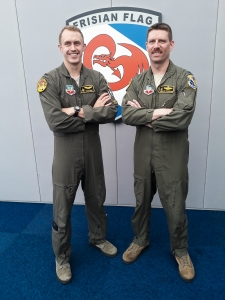 During the interview that I had with Ltn. Col. Blade Thornton and Ltn. Chaz Smidt of the 179 FS of the Minnesota ANG, they told me that there is a major difference in mission preparation time compared to other exercises. ‘Here you get about 3 to 4 hours to fully prepare your missions, while at some other exercises you get double the time’.
During the interview that I had with Ltn. Col. Blade Thornton and Ltn. Chaz Smidt of the 179 FS of the Minnesota ANG, they told me that there is a major difference in mission preparation time compared to other exercises. ‘Here you get about 3 to 4 hours to fully prepare your missions, while at some other exercises you get double the time’.
A European international exercise is a first for Ltn. Chaz Smidt, mentioning he is impressed by the professional organization and overall structure of the exercise. In addition, Ltn. Col. Blade Thornton mentioned that it is a major challenge to work with so many different nationalities. ‘Each air force has its own way of flying, preparing missions and a different view of problem solving with different types of aircraft. This makes everything more complex but the learning effect greater also’.
In total, Minnesota ANG brought 180 staff members for this exercise, including 25 pilots. Preparation back home in the States took about a month. In addition, these pilots say, the very busy airspace in Europe makes it more challenging to experience an exercise like this. Ltn. Col. Blade Thornton further states that they think it is an honor to be a participant during Frisian Flag and to represent the USA. He says: ‘We fly in the same air space as a team, always on guard and ready to go and cooperate with every ally’.
Airspace above the Netherlands, Germany and Denmark serve as practice areas for Frisian Flag. It goes without saying that proper preparation is required here. Air combat control is conducted by the Dutch and German Control and Reporting Center (CRC). The international crews on board of the AWACS also play a role here.
Another important aspect of the missions during Frisian Flag is the development of international leadership for the pilots. During normal daily operations, leadership is requested on a lower level. During this exercise, the experienced pilots are given the opportunity to design, develop and execute a mission in a larger context with an associated evaluation. The pilot responsible for this plans, leads and debriefs the mission, so as to put leadership skills to the test and achieve maximum training results. It is this important aspect that ensures development of leadership skills to be used during actual missions.
Future
Information-driven practice and deployment of a mission will become more important. ‘Space’ delivers the essential intel regarding this domain. It is of vital importance to know what systems are present in the airspace and the opportunities and threats that these systems bring along. The Dutch Air Force wants to prepare for this and during this Frisian Flag 2019 and EART, some ‘Space’-related issues have already been included in the exercise.
European Air Refueling Training – EART
EART 2019 took place from March 31 to April 12, 2019 at Eindhoven AB, Netherlands.
The European Air Transport Command (EATC), whose command center is located at Eindhoven AB, has the following main tasks:
- Air Transport
- Air-to-Air Refueling
- Aeromedical Evacuation
EATC operational facts between 2010 and 2018: Over 2.5 million passengers have been transported, 2,300 AAR missions were flown, 9,000 patients were transported, 800,000 para-troopers were dropped, 150,000 tons of cargo were transported and 400,000 flying hours were made.
It was during ‘Unified Protector’ over Libya that the need for international training became evident. Air-to-Air Refueling had to undergo international development in Europe.
Base Commander Colonel Boekholt says he’s proud that EART has been taking place since 2014 and that EART is again being performed at Eindhoven Air Base this year. EART is a very important exercise within EATC to prepare crews in the most realistic setting possible.
EART 2019 took place from March 31 to April 12, 2019, with it being the 6th edition. As mentioned before, EART works in close cooperation with Frisian Flag. EART 2019 has the task of aerial refueling during Frisian Flag but acts as a stand-alone exercise.
Countries involved are the Netherlands, Germany and France, together with England and the USA. The latter being non-EATC countries. Italy participates with mentors only and the Royal Australian Air Force is an observer during the exercise.
The objectives of the EART 2019 mission are to:
- Plan, brief, execute and debrief realistic training and tanker operations.
- Practice tanker-to-cell and tanker-to-tanker procedures.
- Train both aircrews and logistics in quick turnaround execution.
- Practice large scale airspace control operations in multinational context including AWACS and CRC.
- Establish multinational relationships between the participating Air Forces.
- E-learning development and ‘train-as-you-fight’ during two missions a day.
EART is a complex international exercise for both pilots, crew and maintenance personnel in order to become proficient in a situation that is as realistic as possible and reenacts actual deployment.
EART 2019 participants:
- Germany A-310 MRTT Drogue
- Netherlands KDC-10 Boom
- France KC-135 Boom/Drogue
- United Kingdom Voyager Drogue
- United States KC-135R Boom/Drogue
Seven countries participate in this organization, all under one command. These countries are Spain, France, Belgium, the Netherlands, Luxembourg, Germany and Italy. More than 170 aircraft from over 13 bases in Europe form the core of EATC. In Europe alone, this means over 60 missions flown per day in 2018, an Italian Air Force colonel says. Next to this he mentioned that the EATC fleet consists of 18 tankers and that these tankers perform about 450 air-to-air refueling missions per year.
‘To achieve a uniform real life operation with so many different participating countries is quite the challenge’, the colonel explains. ‘Frisian Flag is a comprehensive exercise in which every participating tanker is dispatched twice a day. To get and keep 1 uniform standard within EATC, training, testing and learning is a must. Frisian Flag offers the right opportunity’.
A crew member from another country tags along on every EART mission. This person leads the missions and evaluates the AAR-flight during Frisian Flag. Major Fred of the Royal Dutch Air Force explains that the practice area of Frisian Flag covers about 74,000 km2. The TRA’s used for AAR are so small that the tankers fly their mission in the same air space sectors but at different altitudes. This requires extra skills from both tanker and fighter aircraft crew. There is a 500ft altitude separation and a 1 mile horizontal separation.
Adapting to ever changing daily schedules is quite the challenge for the AAR-crew, especially with international crews and 2 flights per day with an interval between landing and take-off of 1.5h.
The British fly the Voyager, the Dutch the KDC-10 and the Germans the Airbus A310, all equipped with the LINK16 system. Their motto: ‘Talk, fly, evaluate, and learn’. –Major Fred.
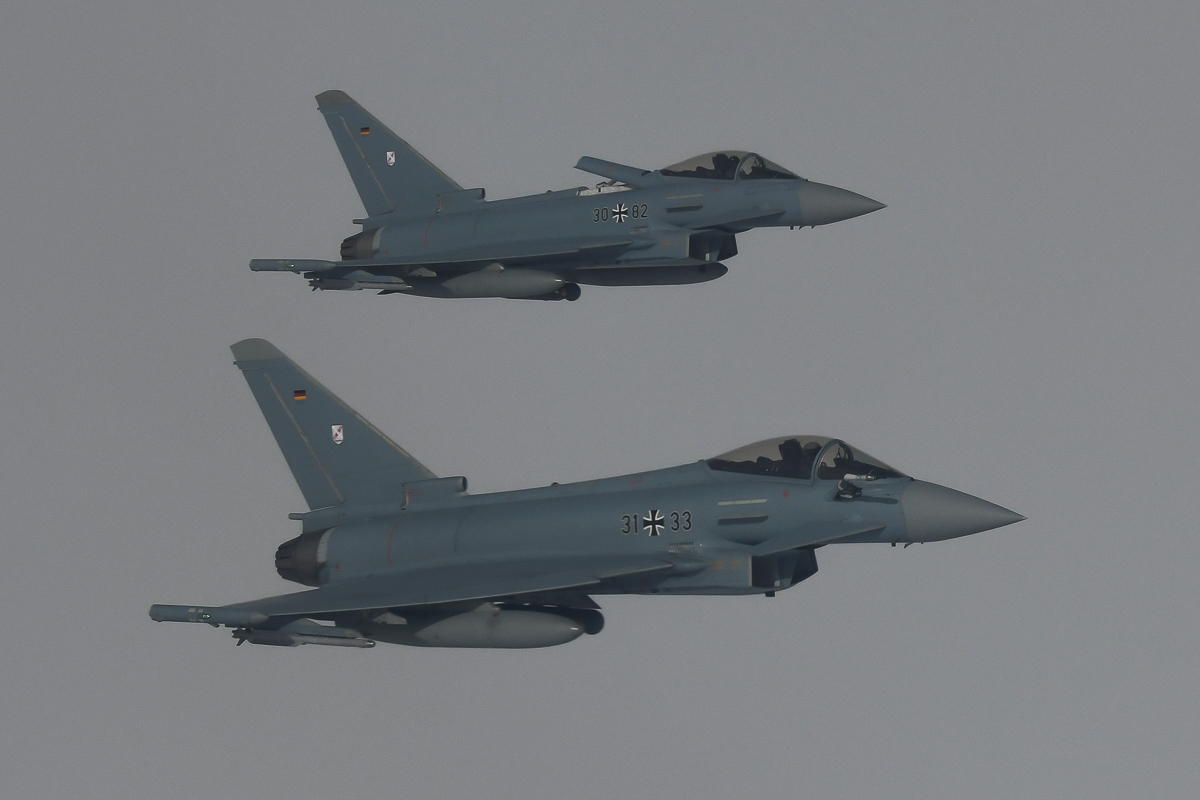
Joining an AAR flight
During the flight that I got to join with the German Air Force, the crew explained that they were going to carry out an aerial refueling mission at around 850 km/h. The A310 MRTT (multi role tanker transport) is equipped with a hose-drogue system that can refuel two aircraft at a time. This system operates at a lower pressure than the boom which means that refueling is four times slower compared to the aforementioned boom system.
The A310 MRTT is flown by two pilots and a single fuel operator.
April 4, 2019 – The Flight.
The briefing took place at 12.30 p.m. local time and we were wheels-up at 1.20 p.m. After flying for about half an hour we met the Eurofighters at approximately 20,000 ft. The AAR track was a north-south track with a length of 6.5 km. After correct alignment with the aircraft we had to adjust our altitude due to weather. Successful connection and refueling took place at 1.55pm which lasted for about 5 minutes, after which the aircraft disconnected and continued with their Frisian Flag mission.
Future
The Royal Netherlands Air Force will continue to fly the KDC-10 until the beginning of 2020. The aircraft will be replaced by the A330 MRTT. The first is expected in May 2020 and the second one in June of that same year. 5 units will eventually be stationed at Eindhoven AB. France bought 3 of the type and will station them in Cologne.
Together with Frisian Flag, EART is a professional and realistic exercise that comes very close to realistic deployment. And, as Major Fred of the Royal Dutch Air Force said; ‘Frisian Flag and EART perform best-practices with high quality of training. This leads to well-trained international crews who are ready for a possible deployment anywhere in the world’.
